Robots are machines, typically programmable by computers, which can automatically perform a range of complex tasks. Simply put, a robot is a programmable machine capable of carrying out intricate operations autonomously, replacing human effort. While robots may not always resemble humans, their appearance is irrelevant.
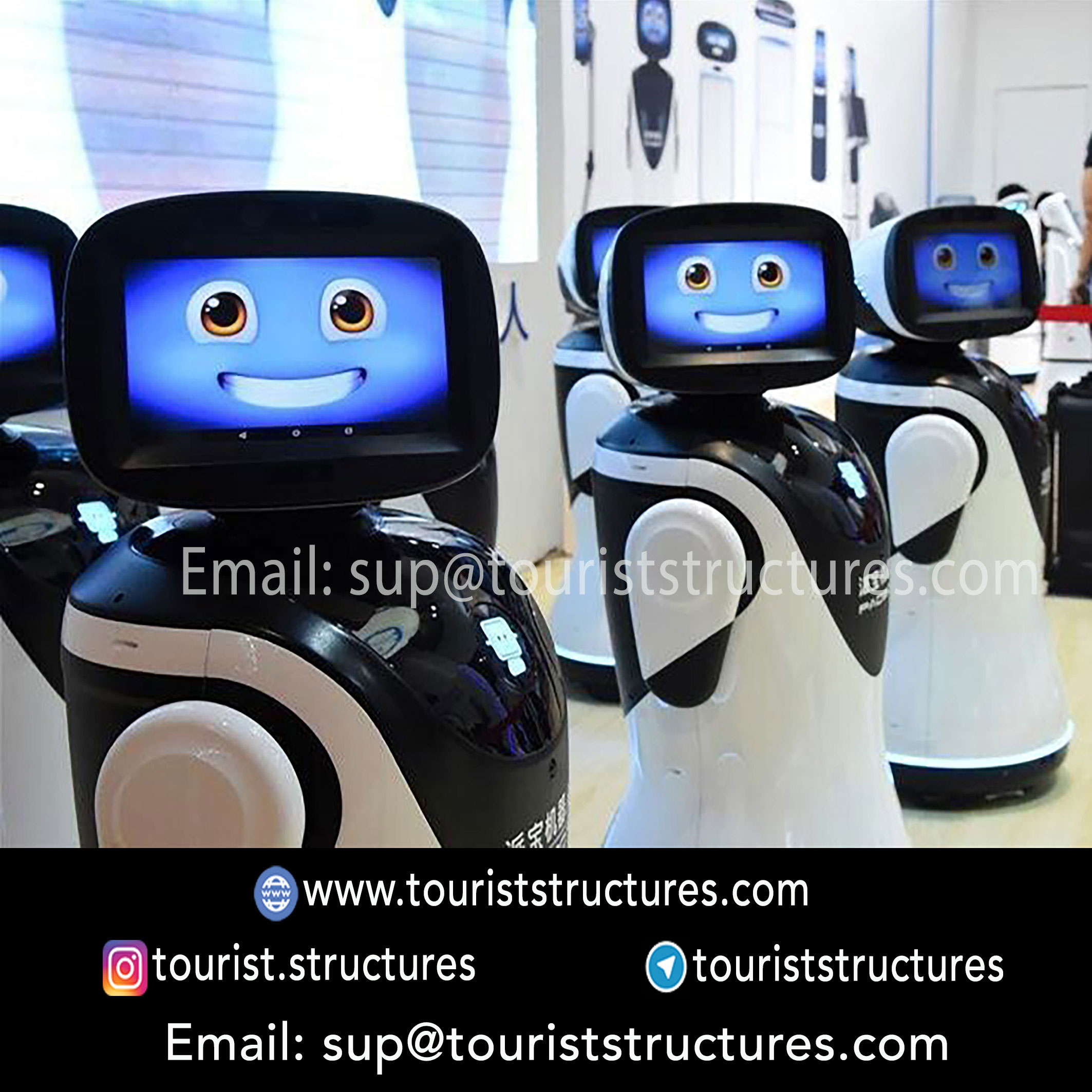

Robots: machines at the service of humankind!
A robot’s functions can be controlled either externally or internally by a device.
These advanced machines can be autonomous or semi-autonomous and come in many forms, such as humanoid robots like Honda’s ASIMO and TOSY’s ping-pong-playing robot, industrial robots, medical surgical robots, patient-assistance robots, therapy dog robots, small robots using collective intelligence, drones like the U.S. Air Force’s MQ-1 Predator, and even microscopic robots (nanobots).
By imitating the appearance or movements of living beings, robots can give the impression of being intelligent or capable of thought. In the coming decades, autonomous systems are expected to grow significantly, with home robots and self-driving cars being key examples of this expansion.


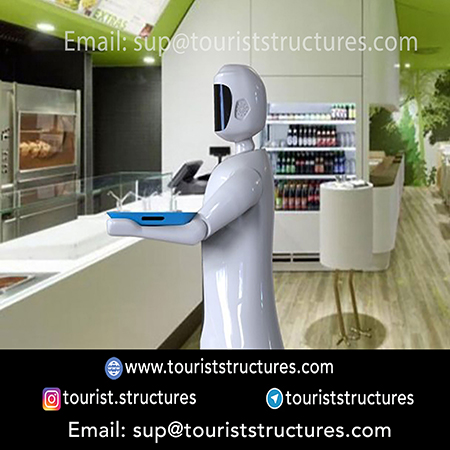
Examples of service robots that help create a unique atmosphere in the robotic restaurant.
Technology is the driving force of our era—a rapidly evolving giant with no signs of slowing down. The 21st century is undoubtedly the age of mind-blowing technologies, from launching massive spacecraft to employing nanometer-sized chips. Technology has infiltrated every aspect of our lives and has captivated us all. In today’s fast-moving world, those who can blend their dreams with technology are the true winners, with fresh ideas that push boundaries.
People who incorporate creativity into their daily routines sometimes stumble upon groundbreaking ideas that change not only their own lives but the lives of many others. Creativity is the defining element of our age, and without a doubt, this explosion of creativity and innovation sets the 21st century apart from all previous eras.
Since their inception, robots have found widespread and continuous use across numerous industries. Organizations worldwide have recognized their potential and invested heavily in robotics. As a result, robots are no longer limited to large-scale industries but they are making their way into sectors like restaurants and local retail businesses.
Robots offer significant advantages to both businesses and consumers, enhancing the overall dining experience.
The concept of a robotic restaurant represents a new frontier in the restaurant industry, marking a bold collaboration between humans and robots to launch a fresh and profitable venture.


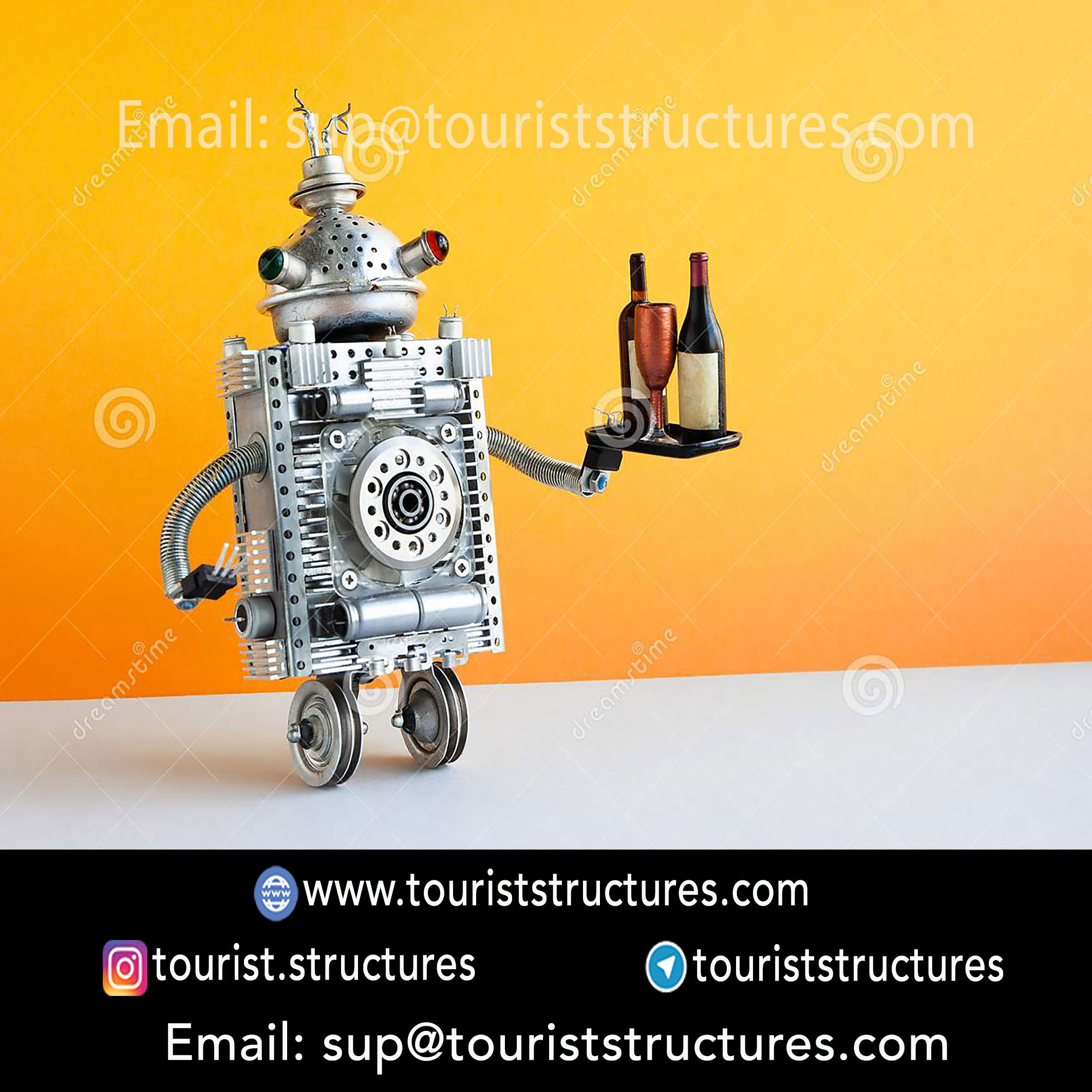
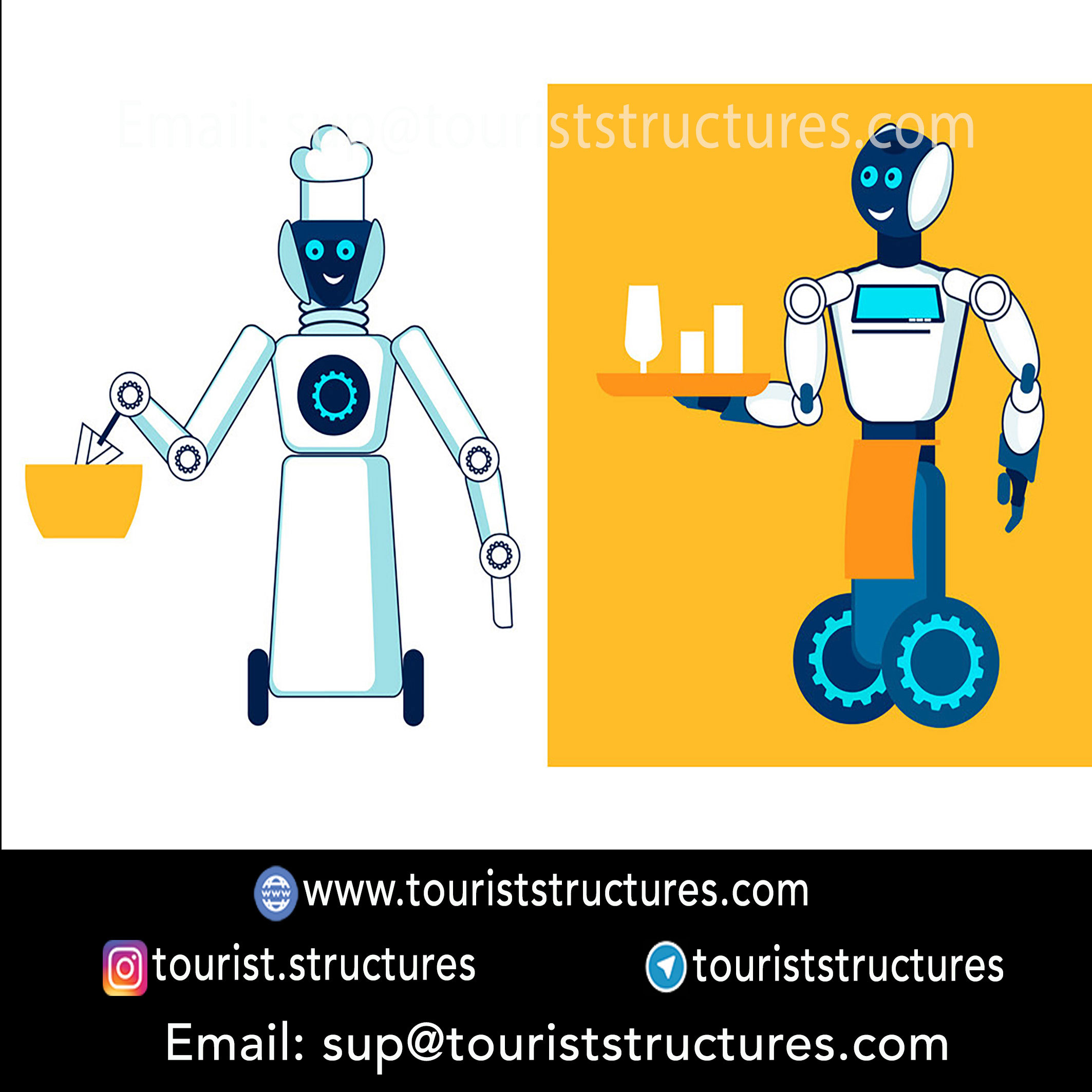

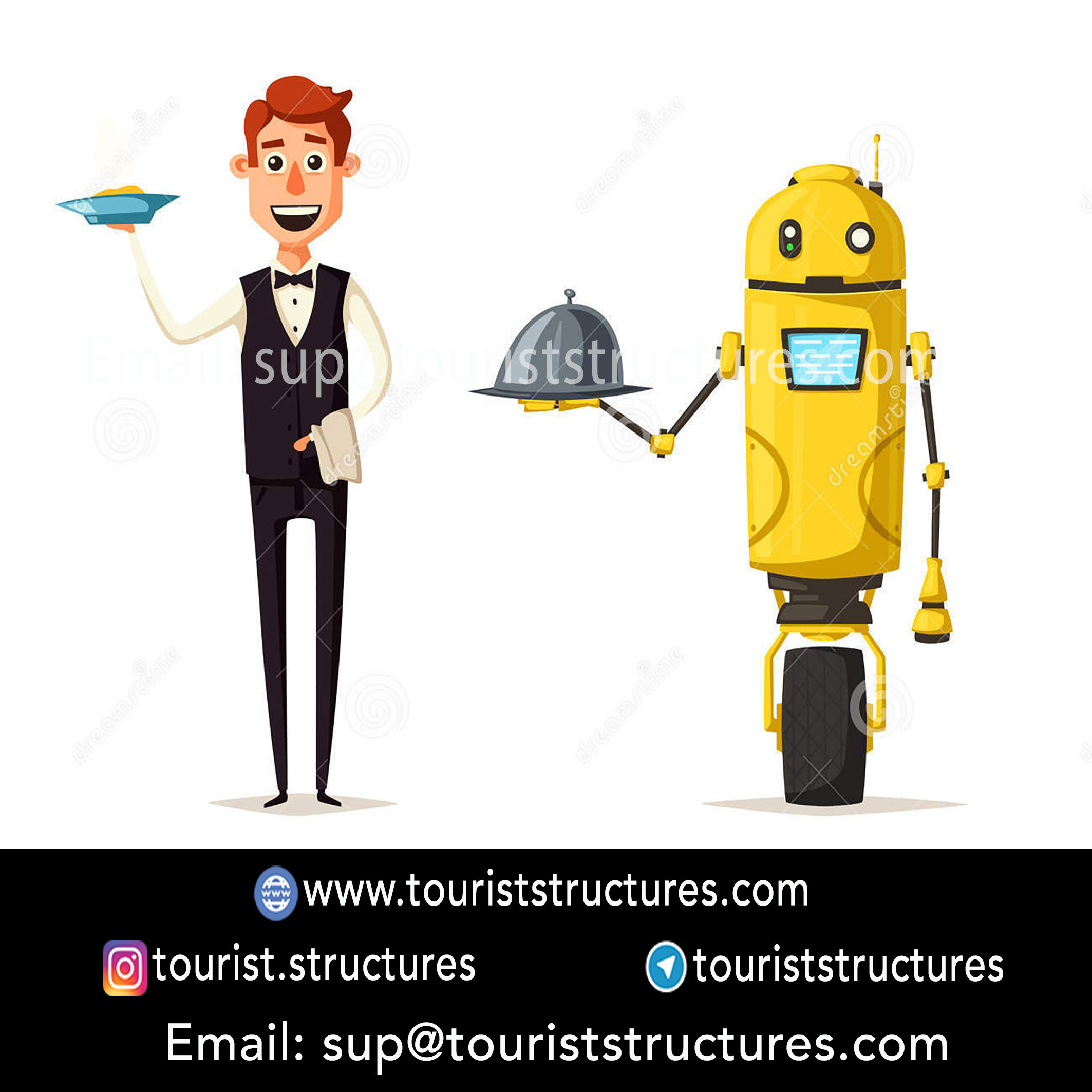
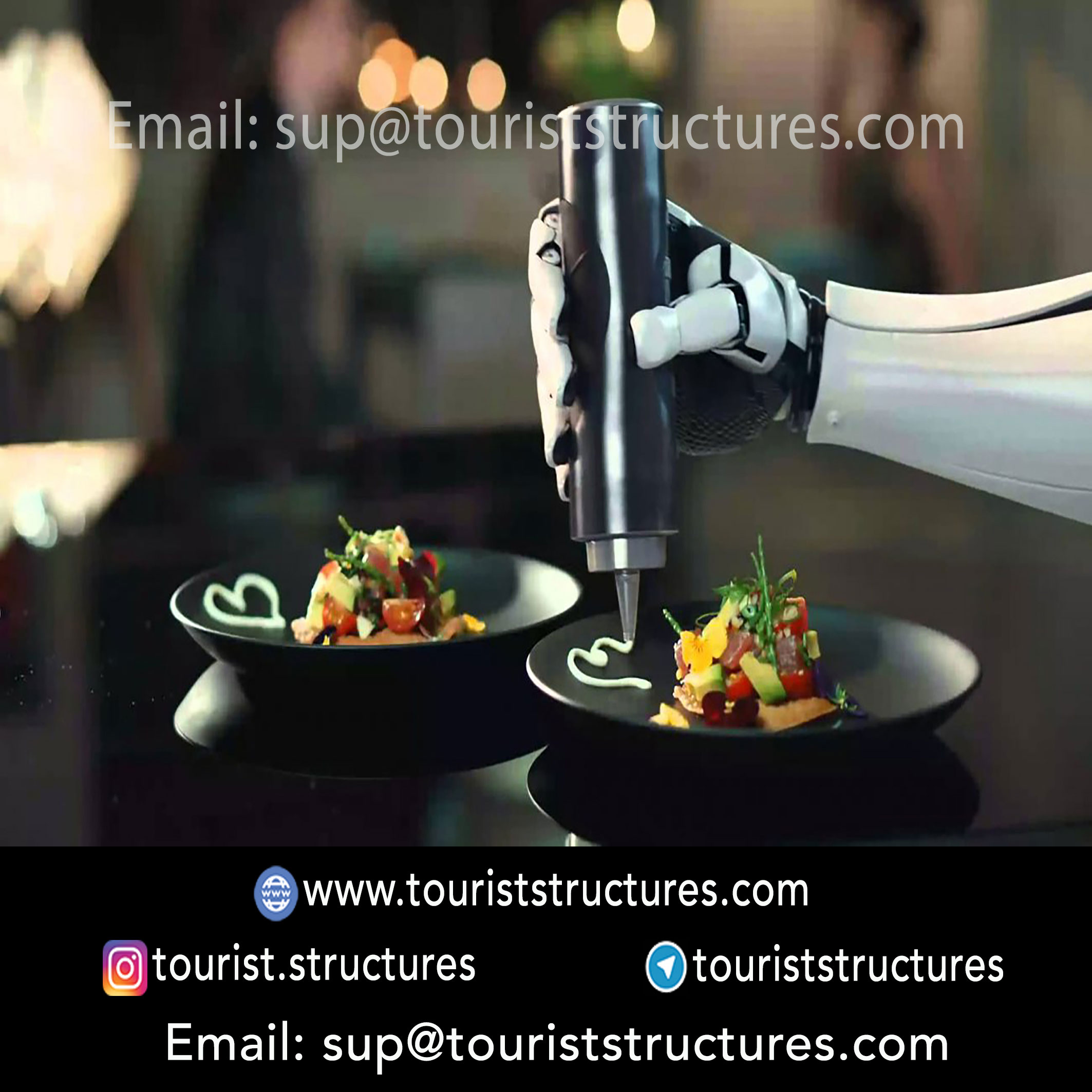

The robotic restaurant is a step toward revolutionizing the restaurant industry in this modern era.
Pasargad Company has not been left behind in this fast-moving technological race. It has caught up with this speeding train and, at times, even shined brightly at the peak of innovation and creativity. This company has woven creativity into the fabric of its daily operations and transformed what seemed like a simple idea into a popular and successful design.
The robotic restaurant is recognized as Iran’s first smart and robotic restaurant, having made a solid and impressive start, receiving widespread acclaim.
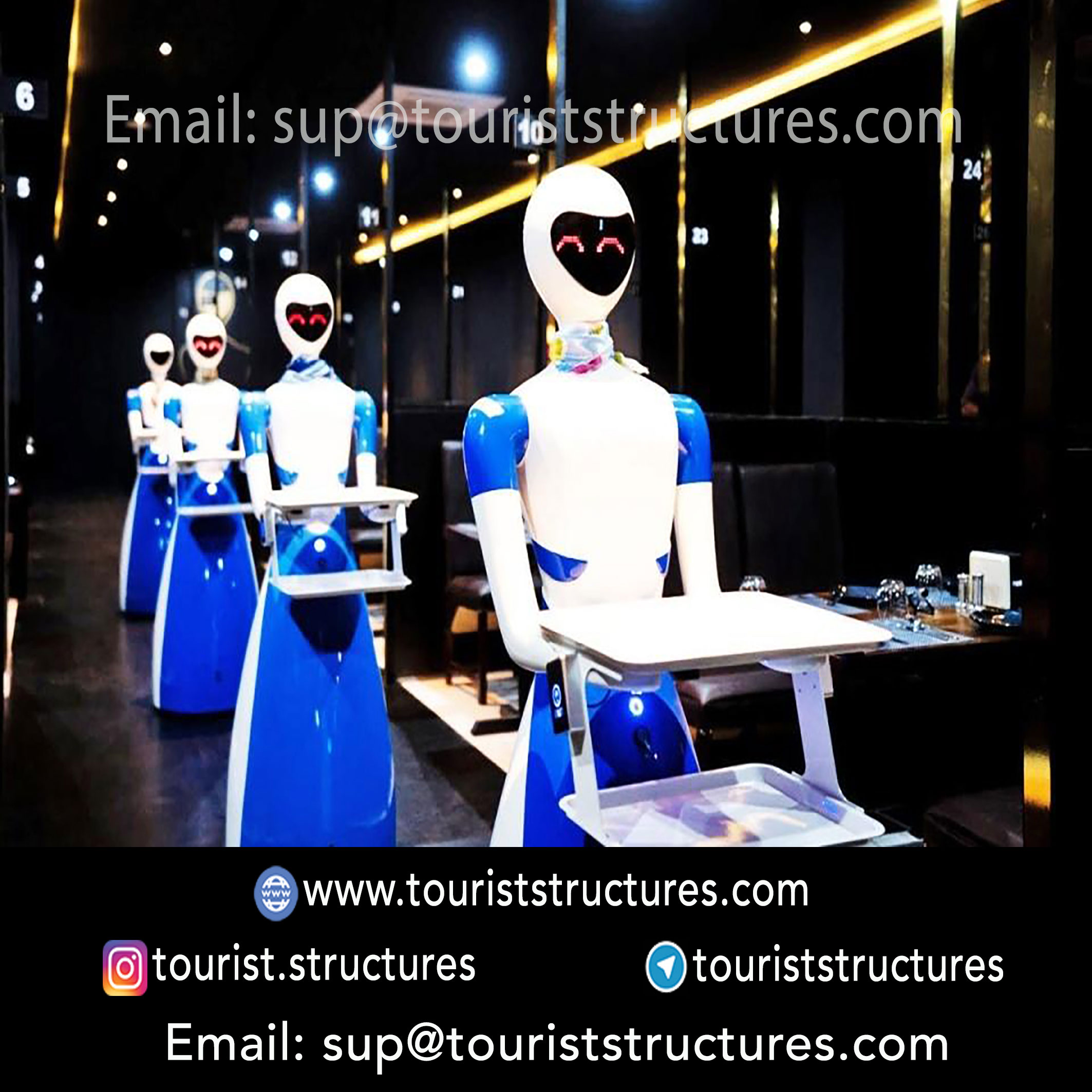

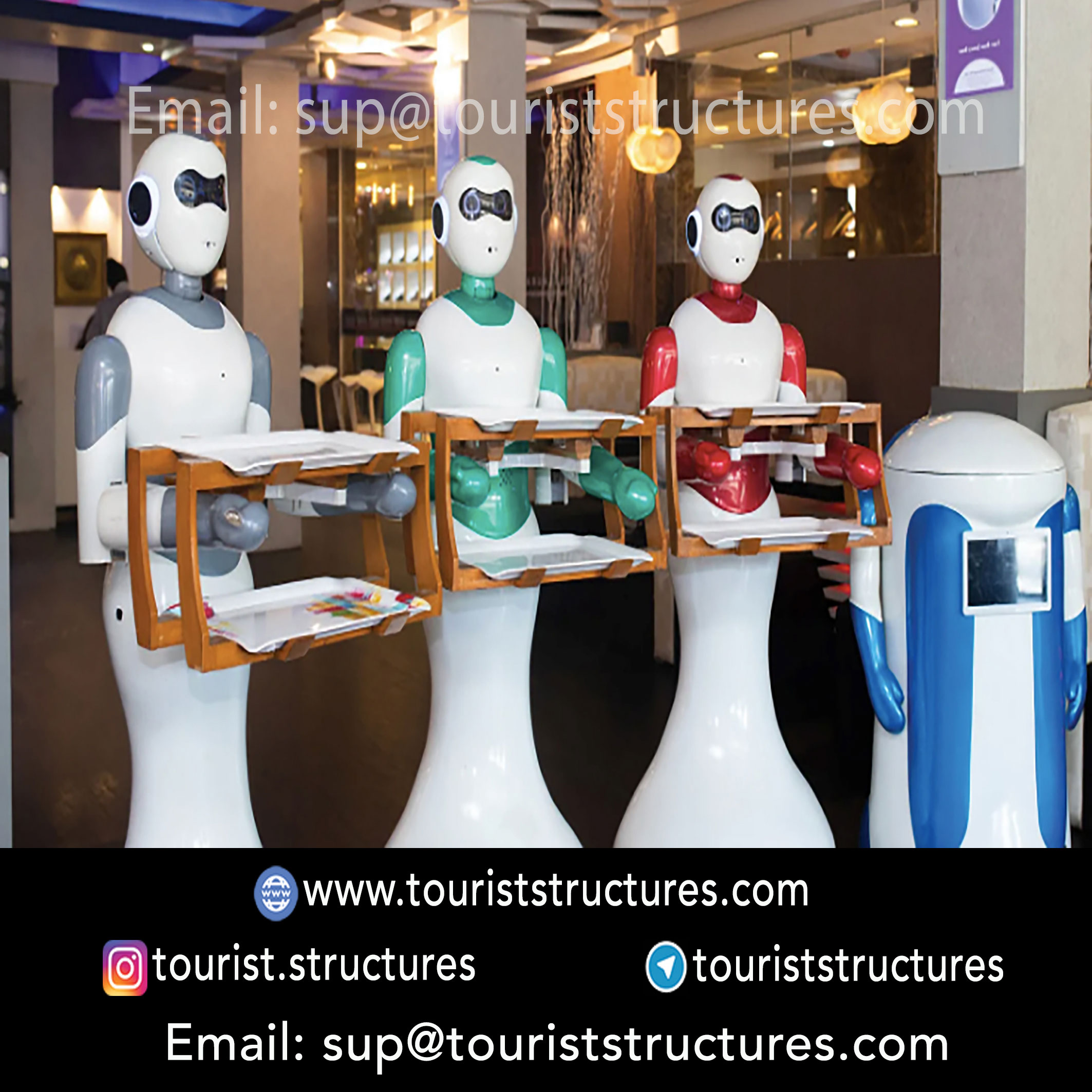
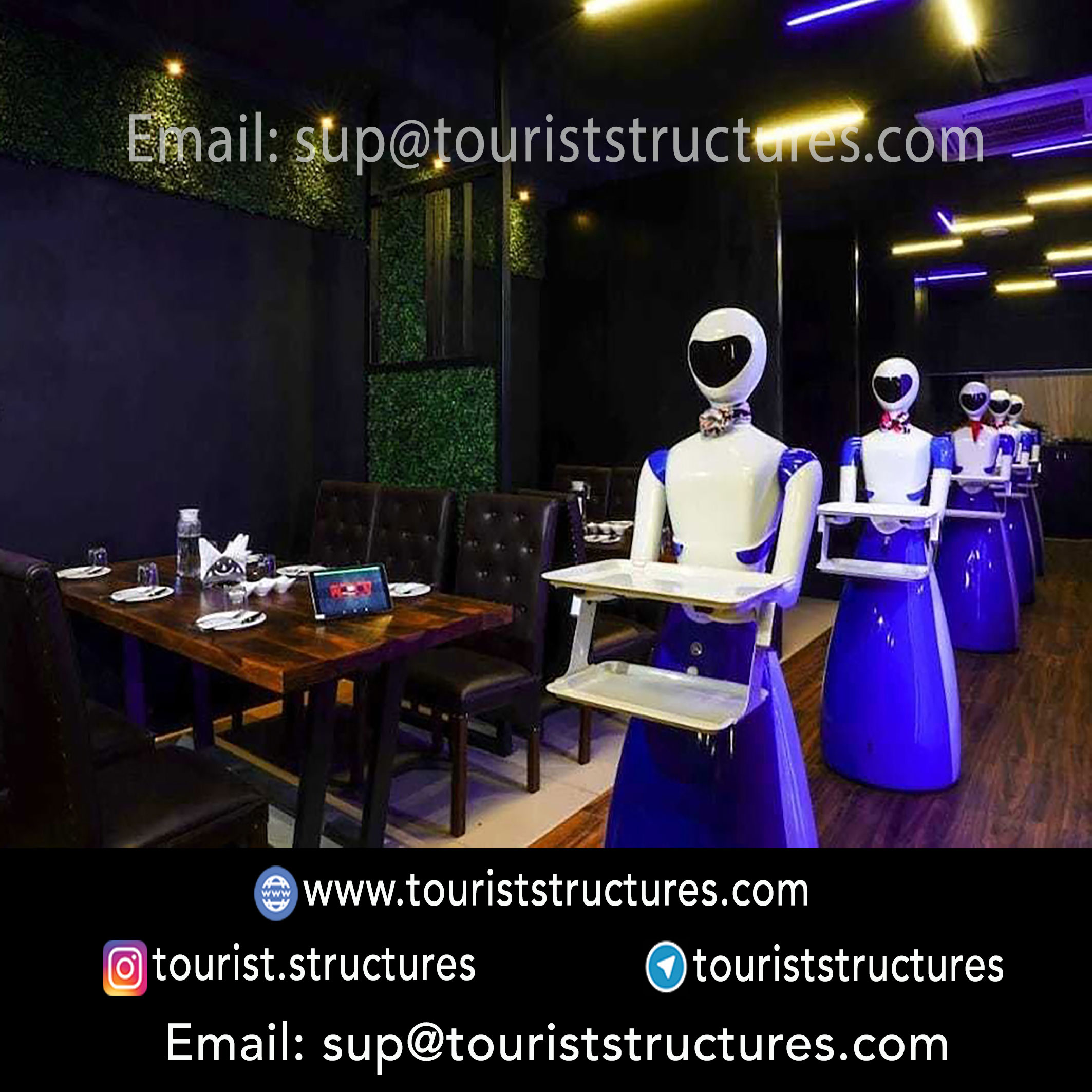

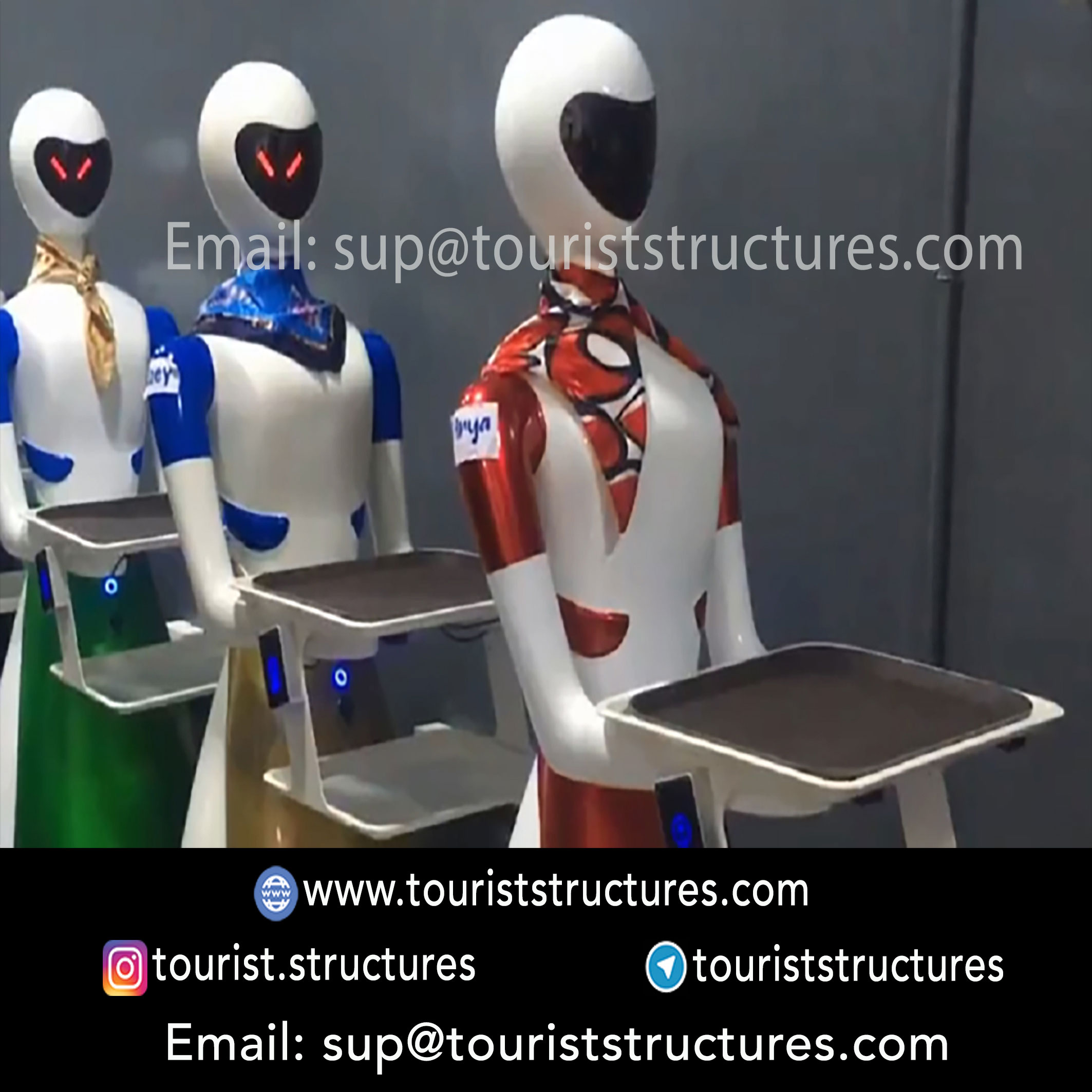
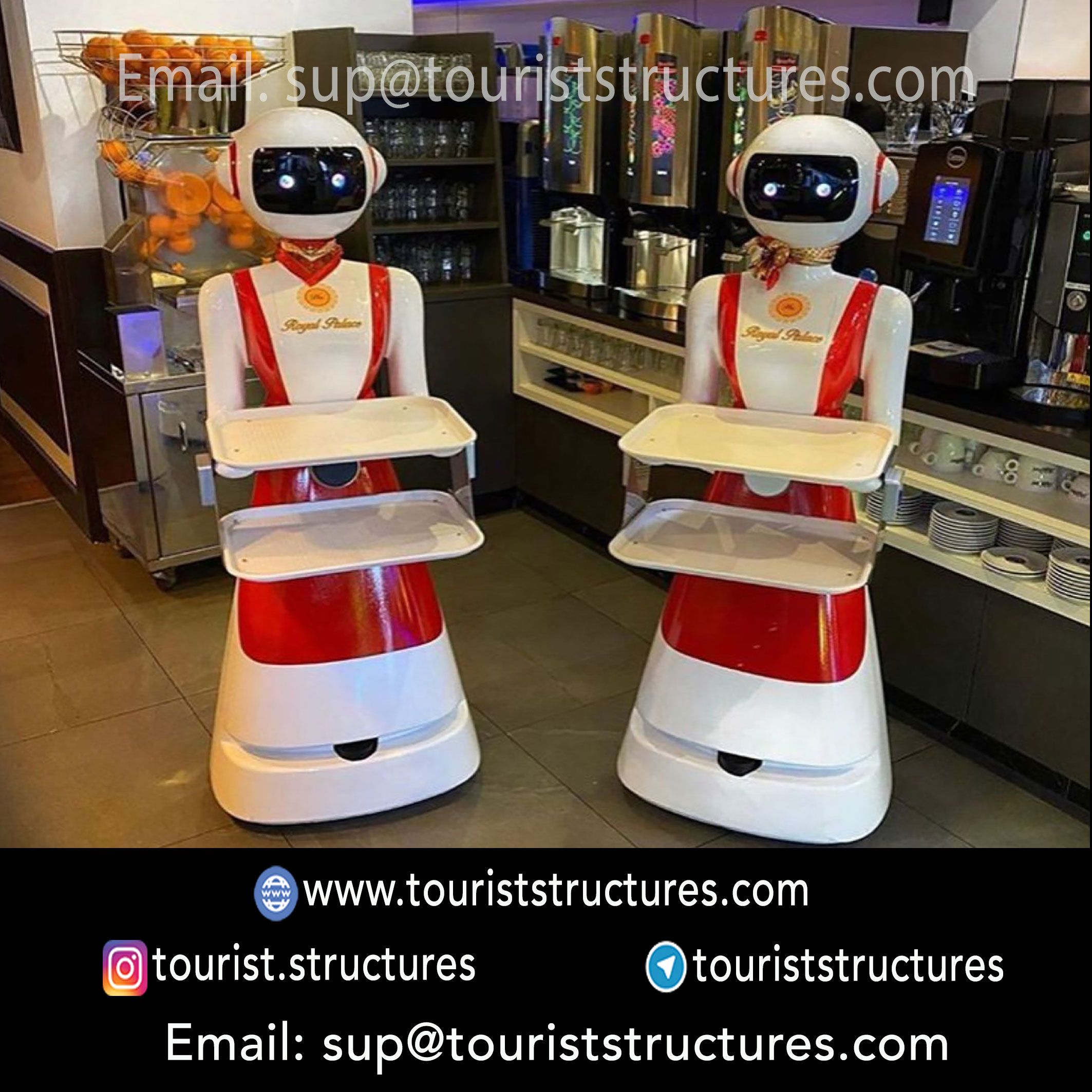

Robotic restaurant: A new concept in the dining industry!
Tired of the same old dining experiences and craving something fresh? Then keep reading!
In the rapidly expanding cities of today, new cafes and restaurants spring up every day. These establishments try to stand out and attract customers with diverse menus, unique décor, hosting special events, or even inviting celebrities. However, opening a restaurant where robots are your hosts is such a groundbreaking and exciting concept that it’s bound to draw attention, even if just for a one-time visit.
But setting up a robotic restaurant requires essentials that are vastly different from your typical cafe or restaurant.
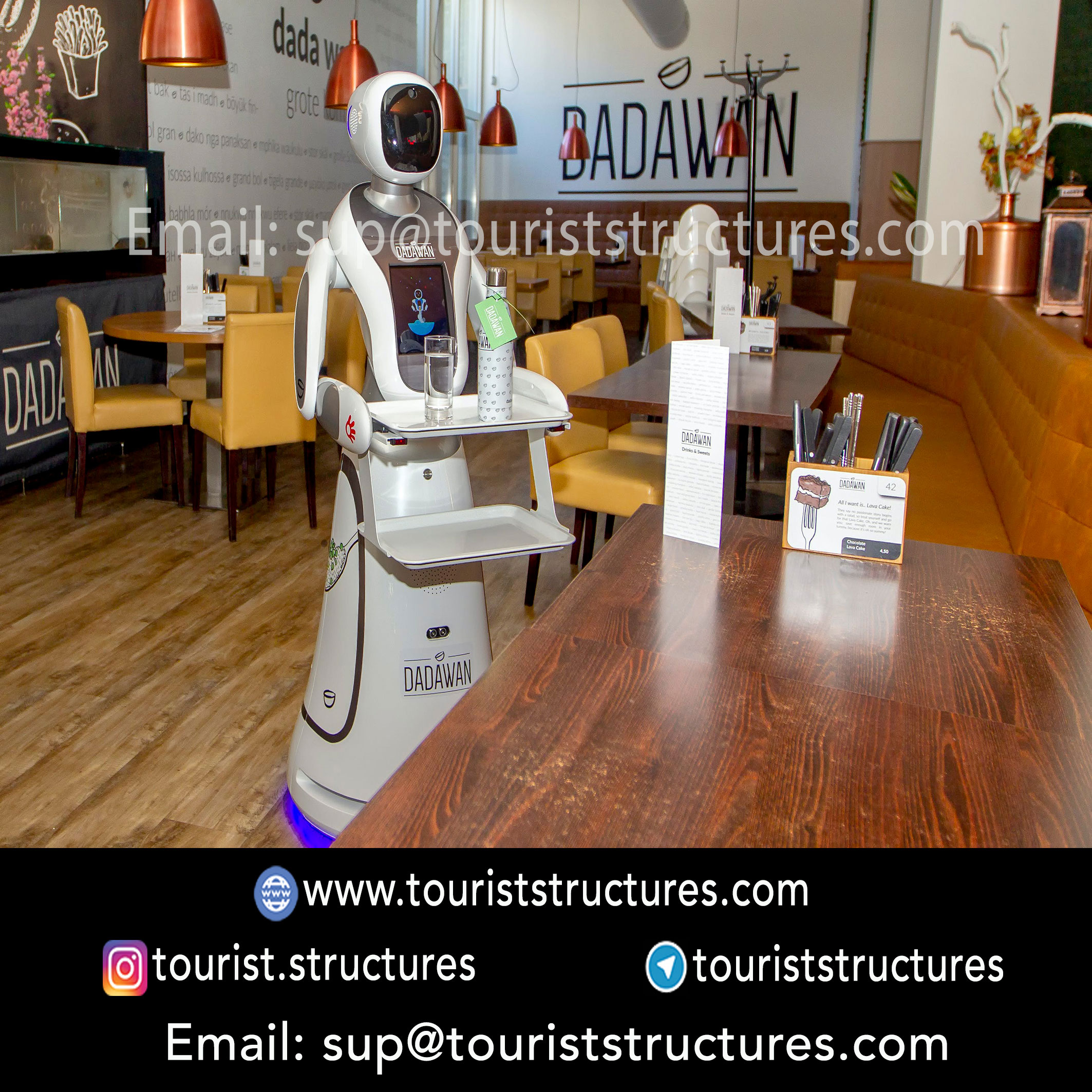




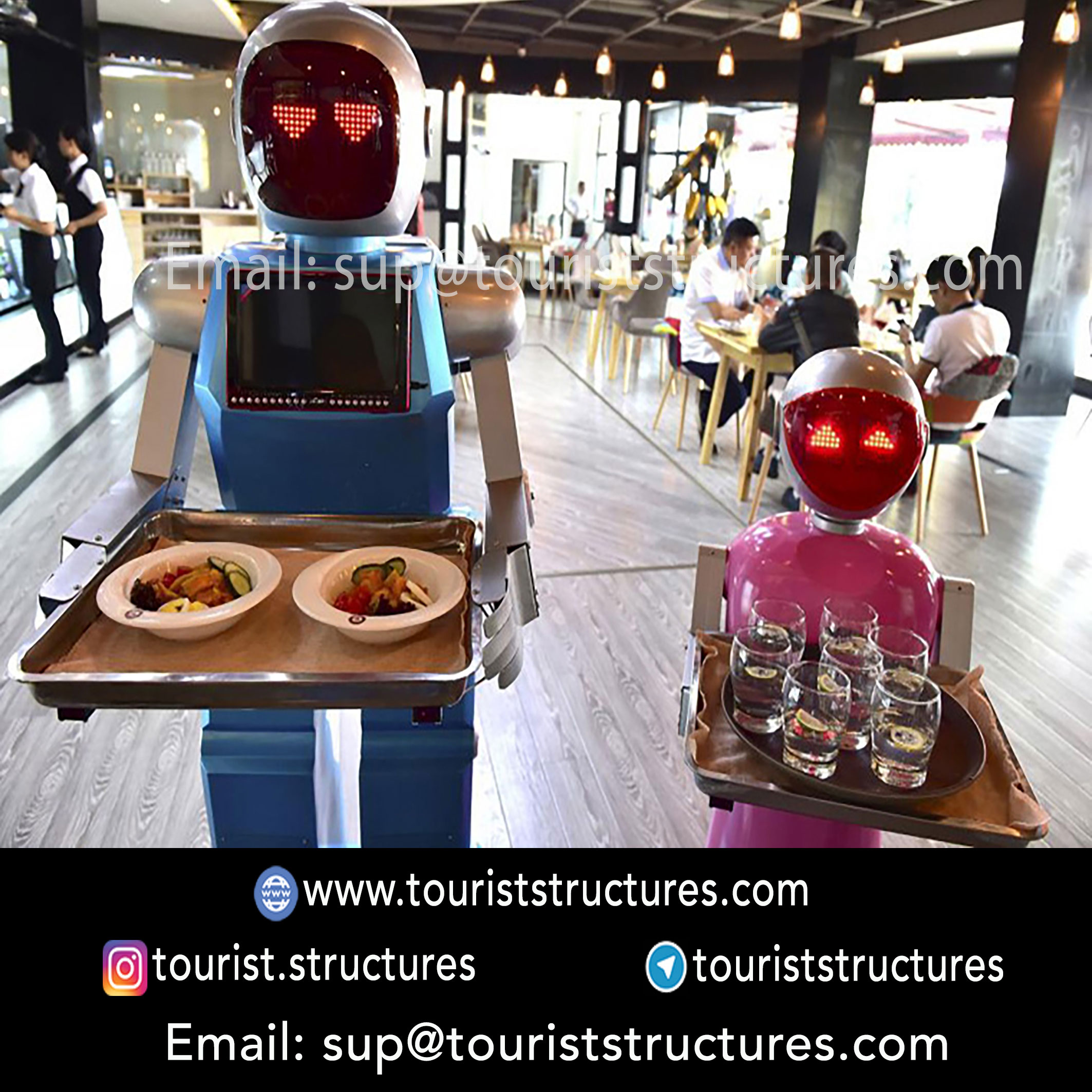


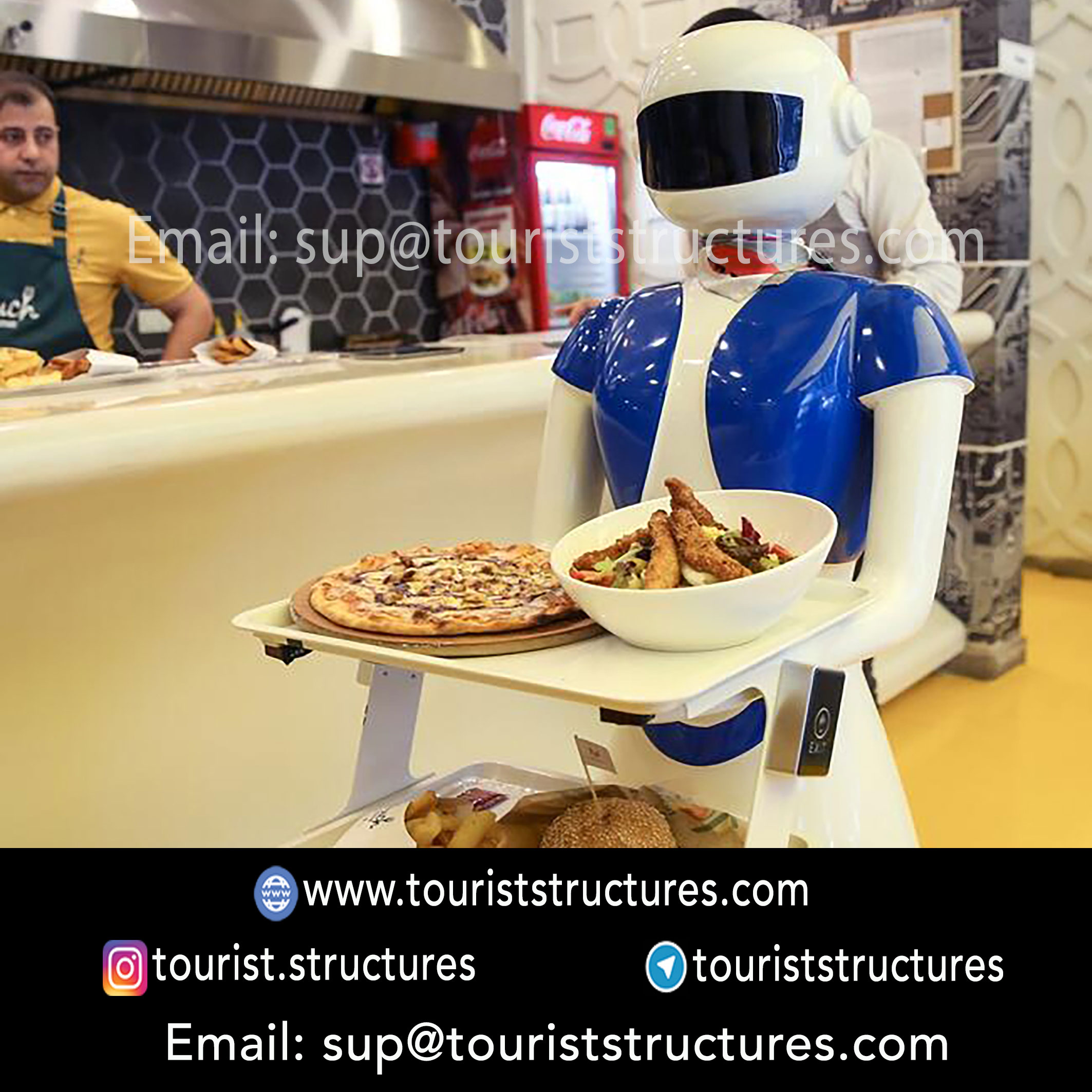

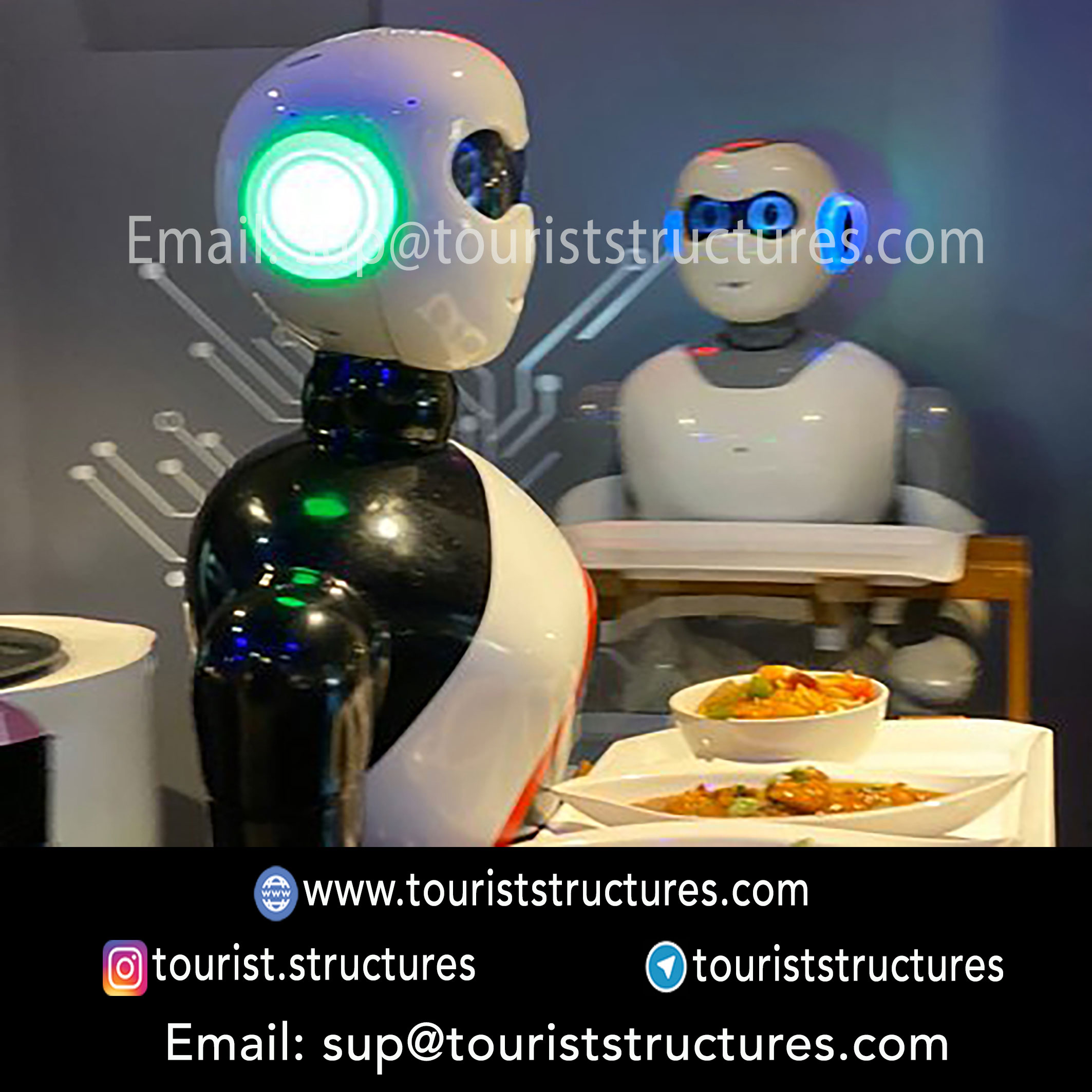

The robotic restaurant: A dining experience hosted by robots!
Iran is home to many unique cafes and restaurants, but a robotic restaurant, with its fusion of cutting-edge technology and modernity, is sure to captivate a wide audience. This one-of-a-kind experience, along with Iran’s hidden gems, can make our beloved country one of the most appealing destinations in the world for both locals and tourists alike.
The robotic restaurant: A popular and trendy global spot!
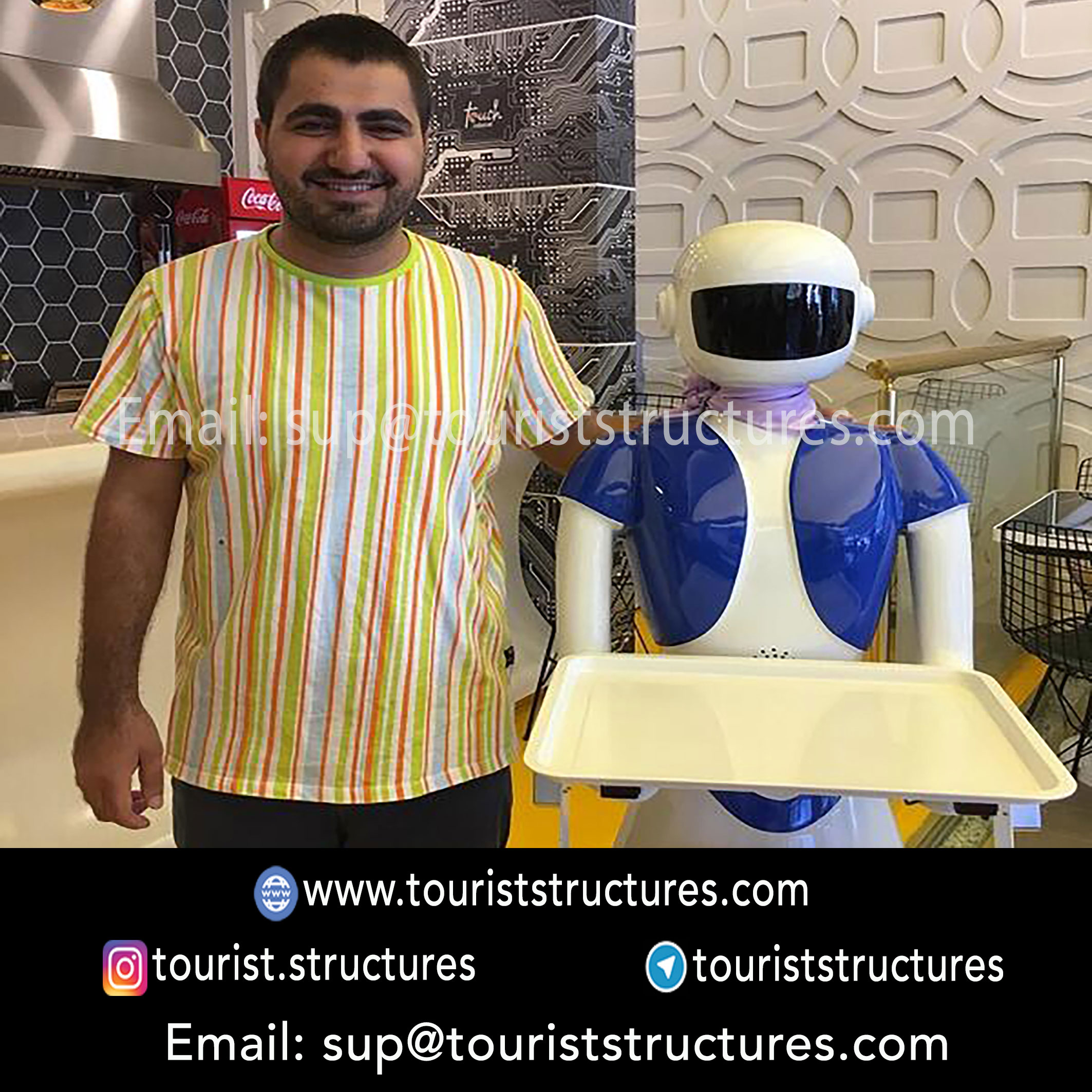
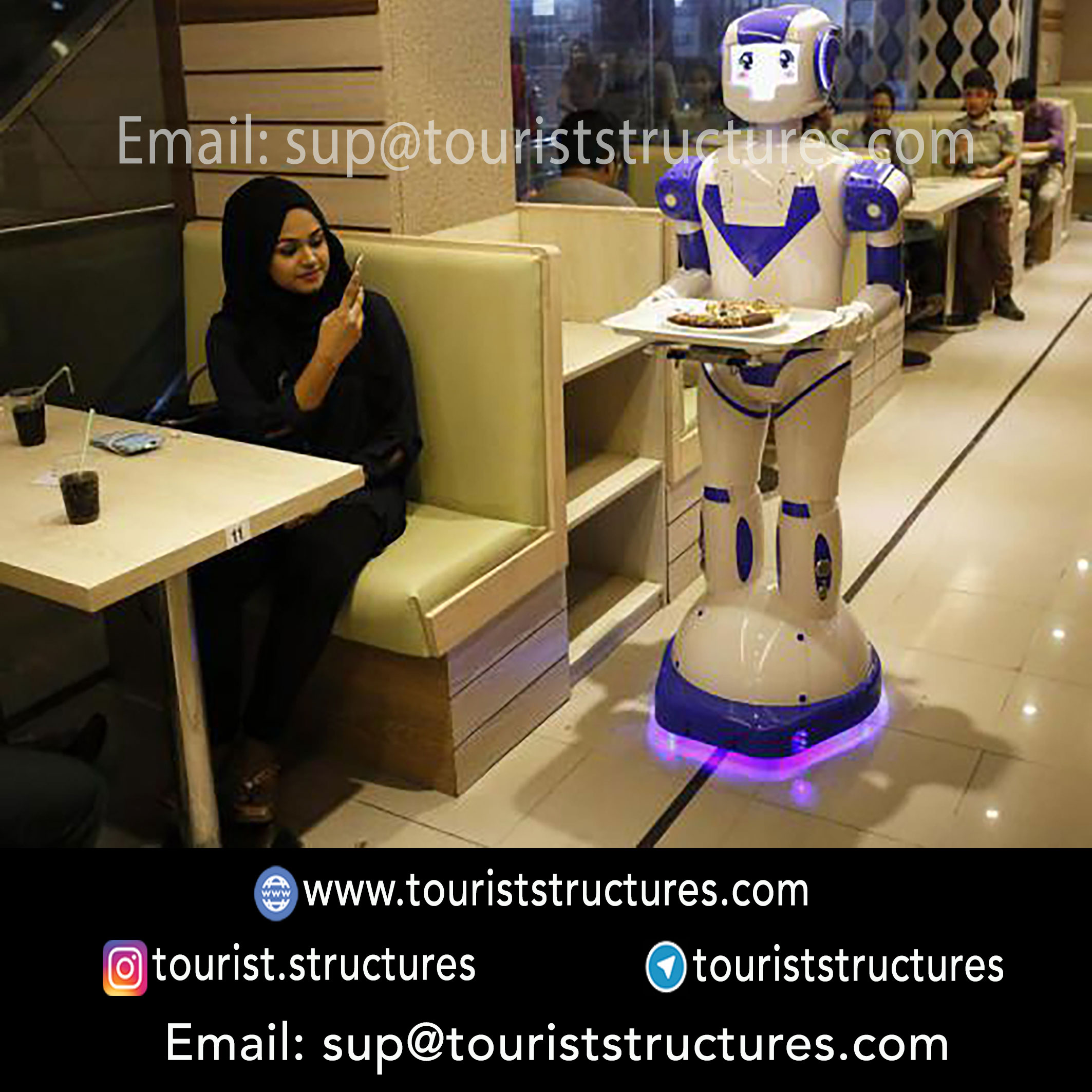
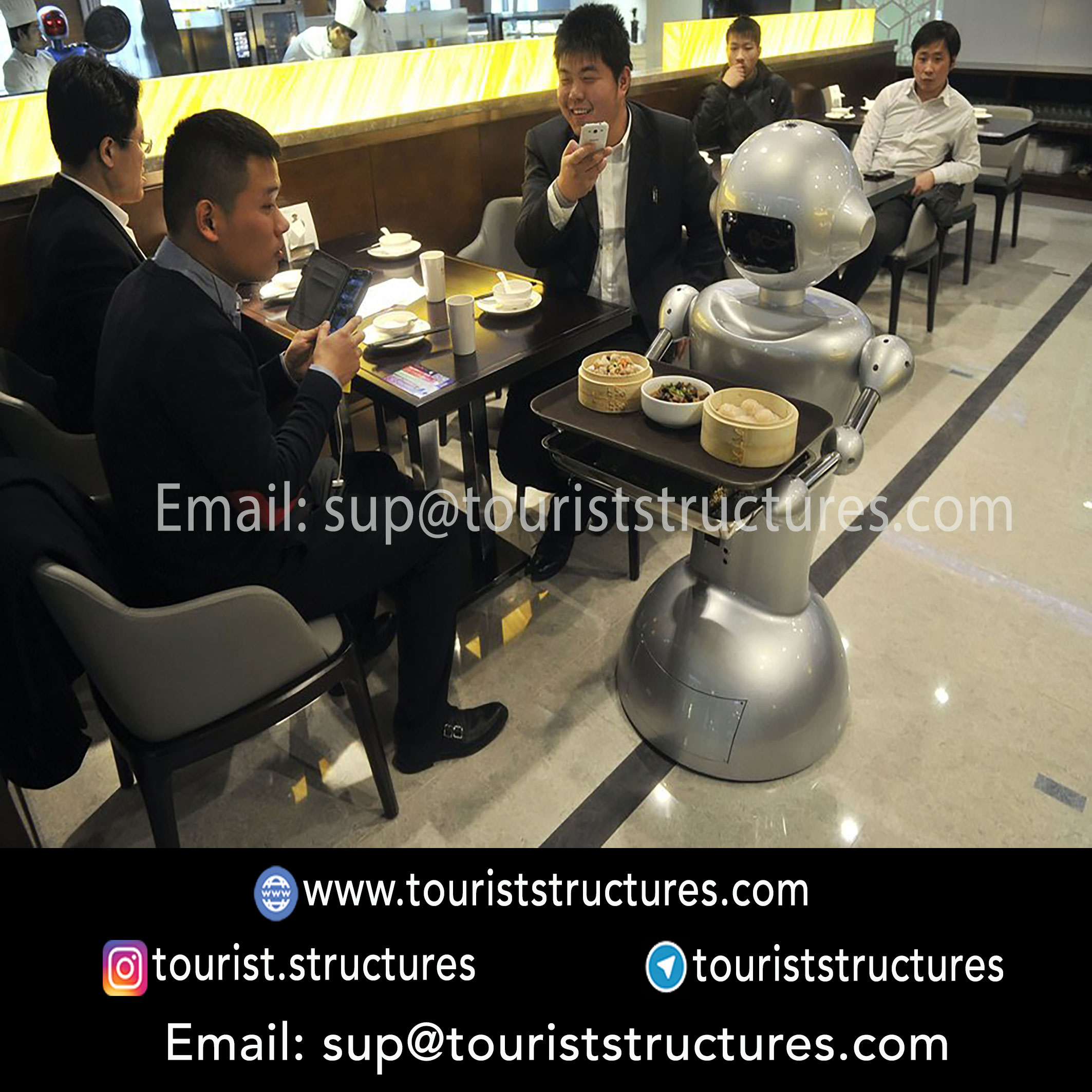


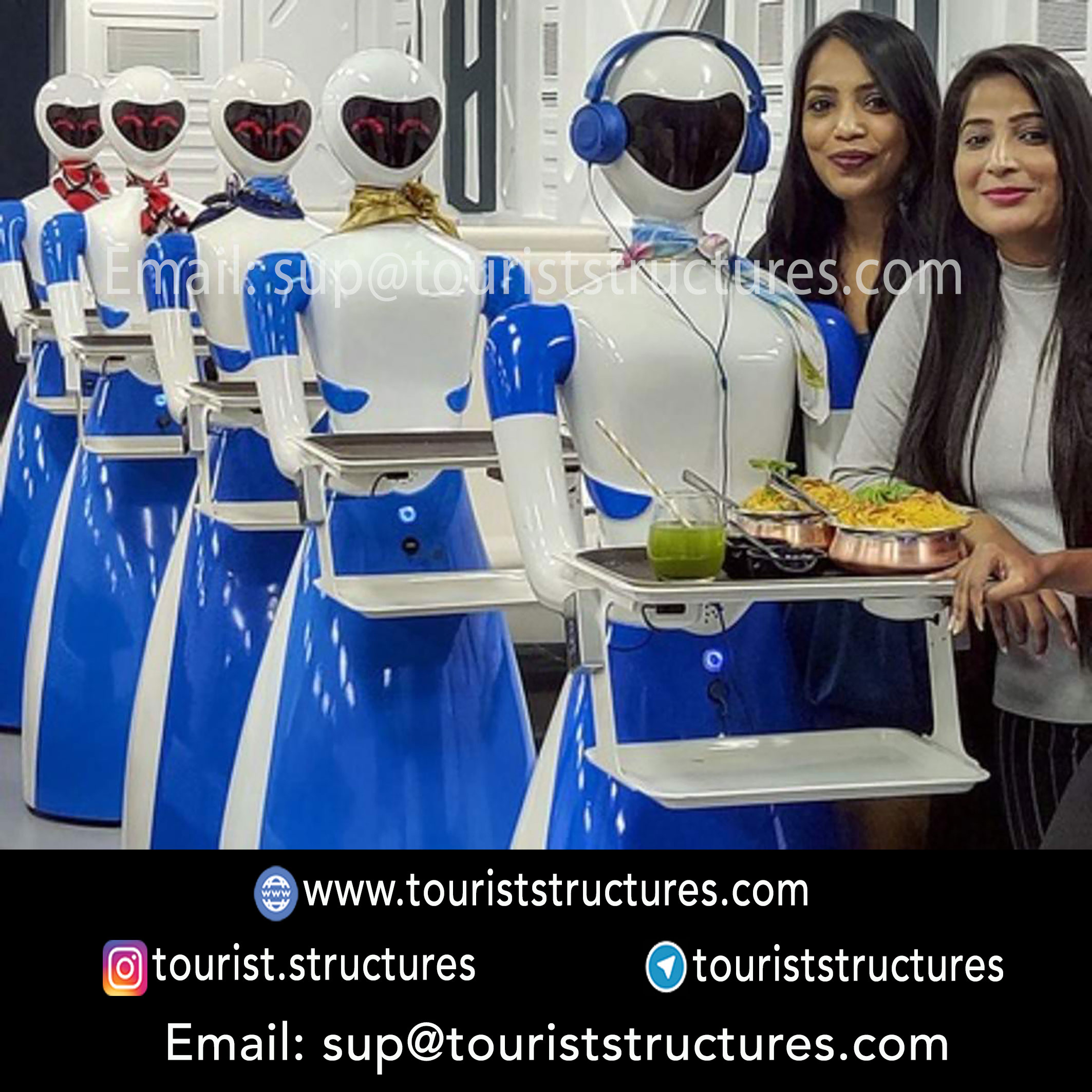


Customers snapping photos with the robots shows just how fascinating this place is!
In such a restaurant, the ordering and serving process should be both modern and user-friendly. Ideas flow in, and sketches come to life on paper. The main concept grows day by day, and soon the vision of an Iranian robotic restaurant takes shape. The first step is focusing on how to take initial orders and connect with customers. Gradually, the technical aspects come into play. The bold and commendable decision to have the entire order-taking robot built by Iranian engineers within our own borders has made this project feel truly national, boosting our pride and confidence.
Designing an order-taking robot is the smartest way to establish a genuine and hassle-free connection with customers. Imagine sitting at your table while a robot approaches to take your order, and once your meal is ready in the kitchen, the robot delivers it straight to your table! This would certainly be a thrilling experience for many.
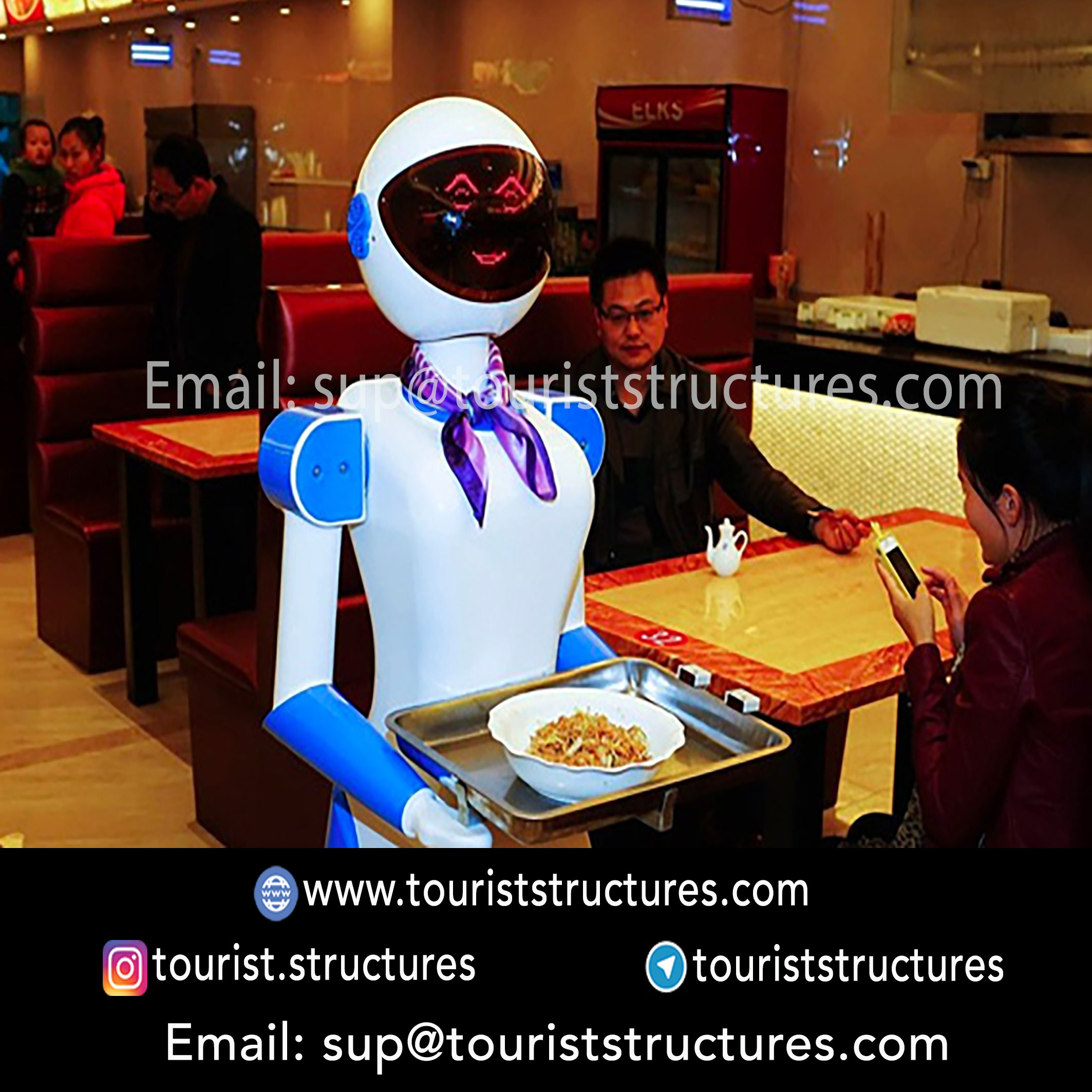
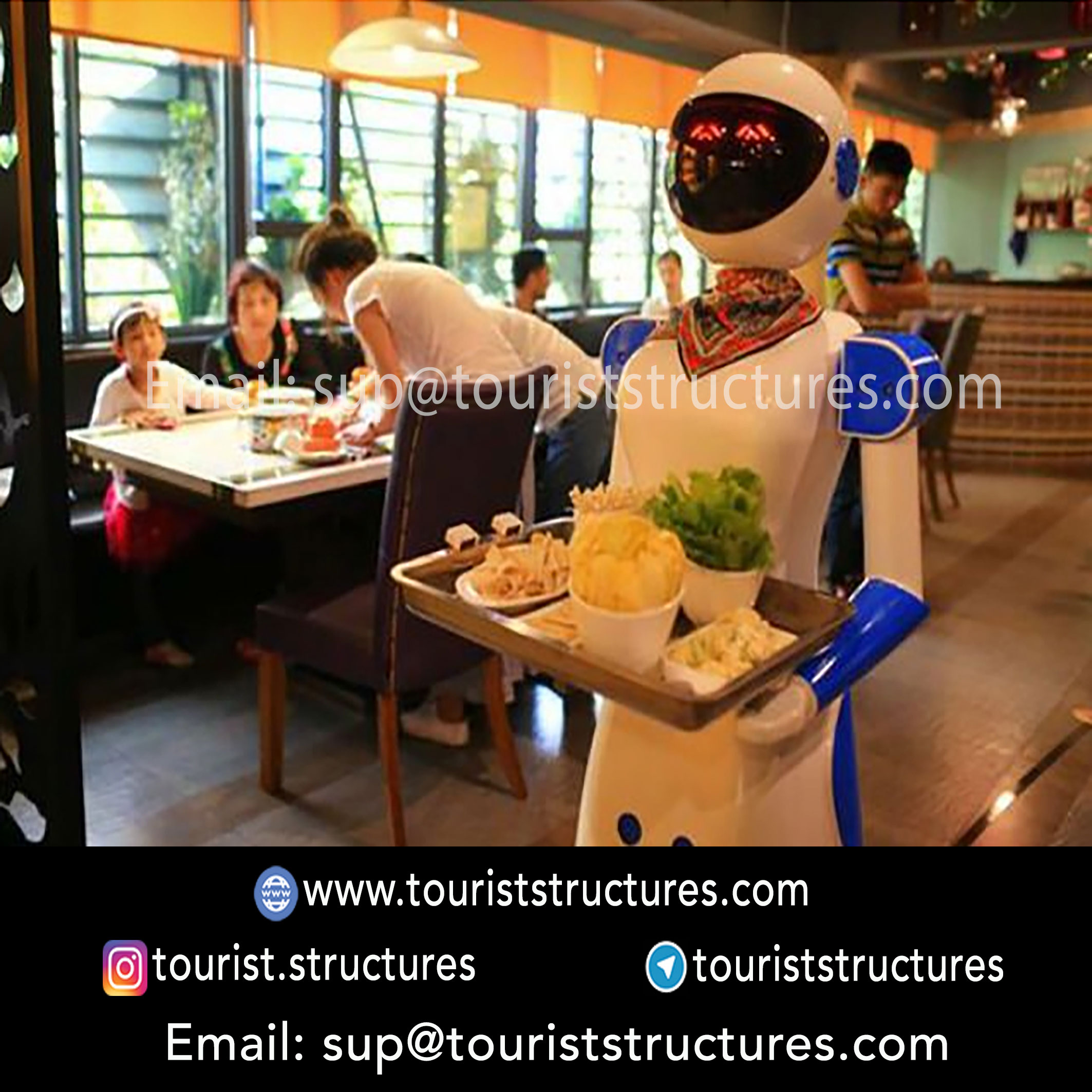
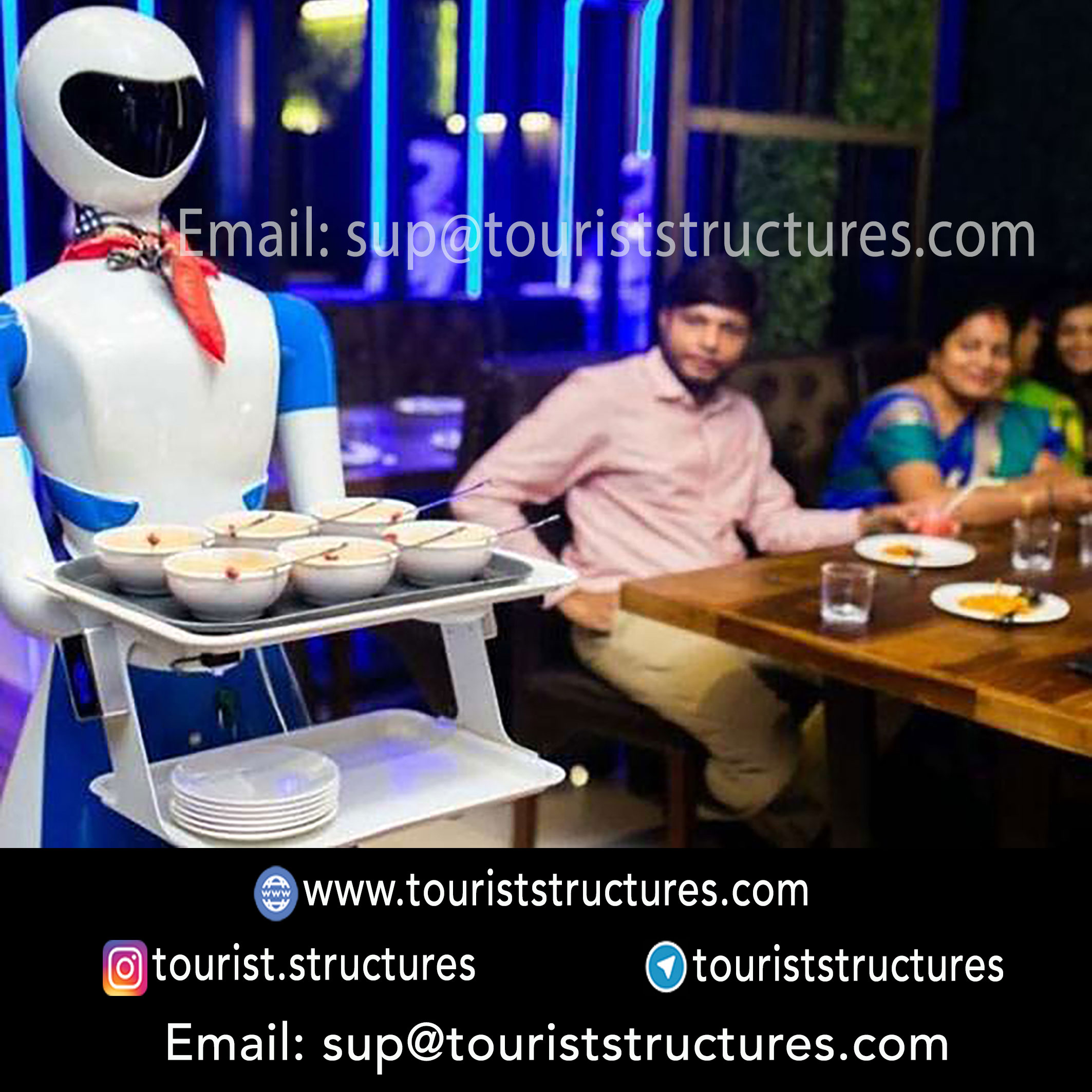


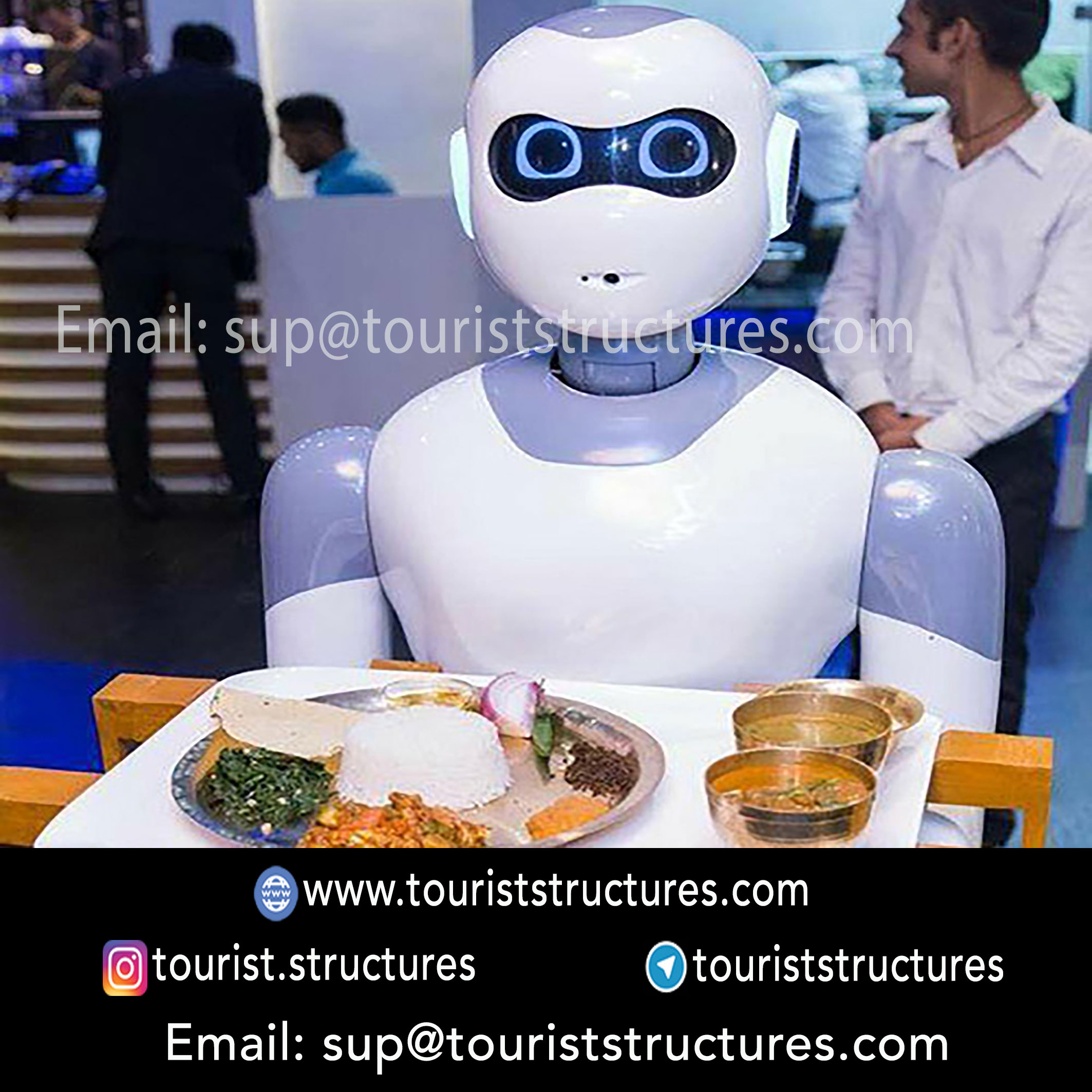
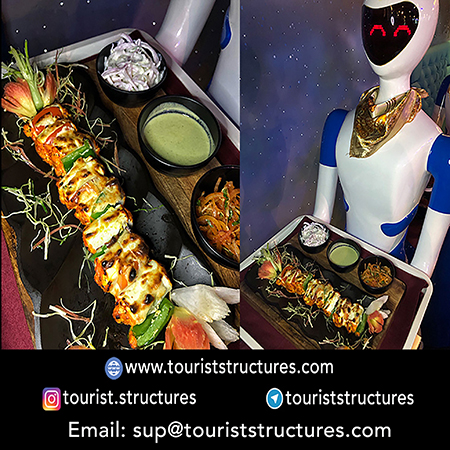
Ordering and Dining with Robots at the Robotic Restaurant!
The robotic restaurant marks a major leap forward in the restaurant industry and perhaps fills a gap in the modern urban landscape of our capital. Thanks to the efforts of a few innovative young Iranians, this idea has now become a reality. Without a doubt, Pasargad Company has made a strong start, and in order to stay at the top, they will continue down this challenging path with determination. As Iran’s first robotic restaurant, it has already attracted widespread attention.





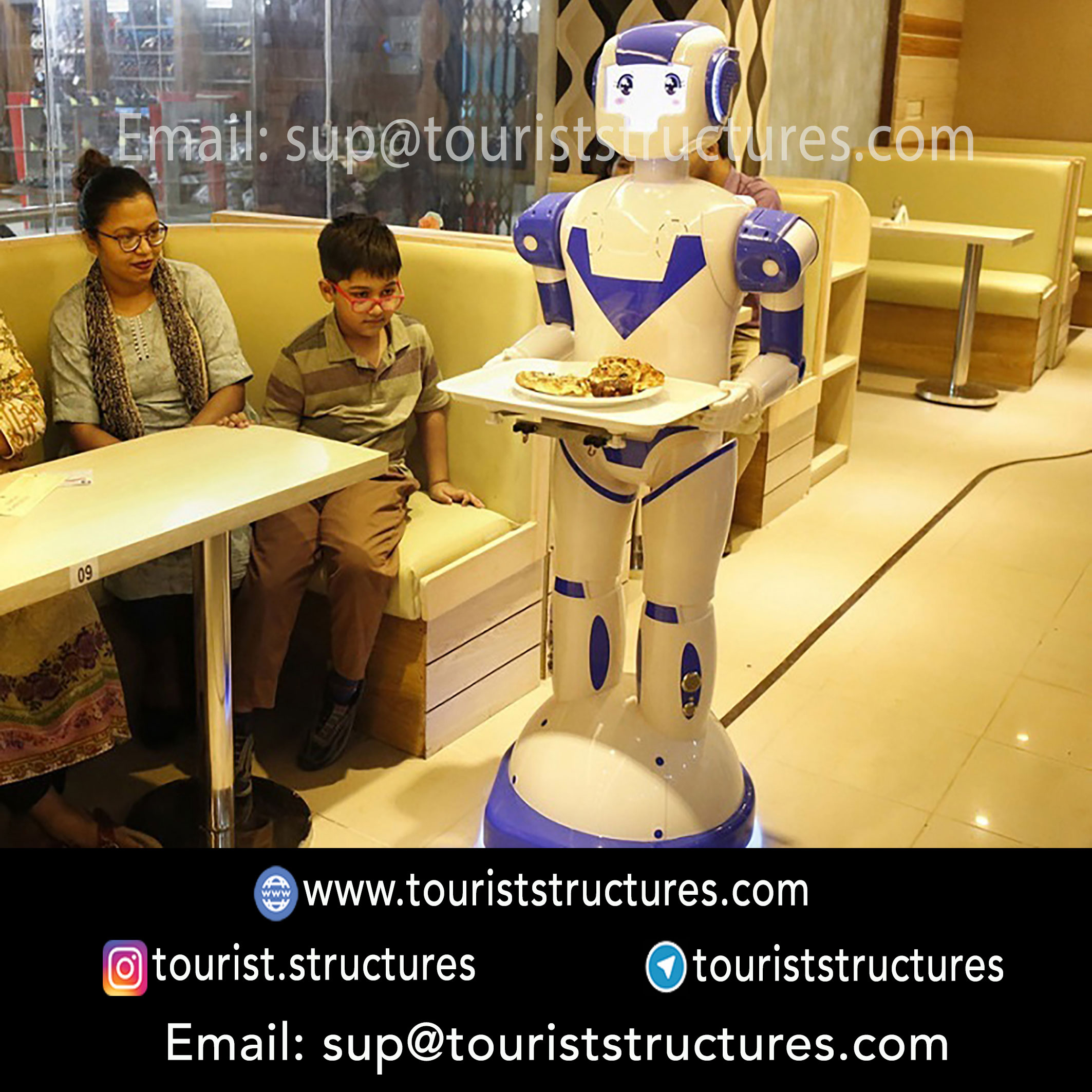
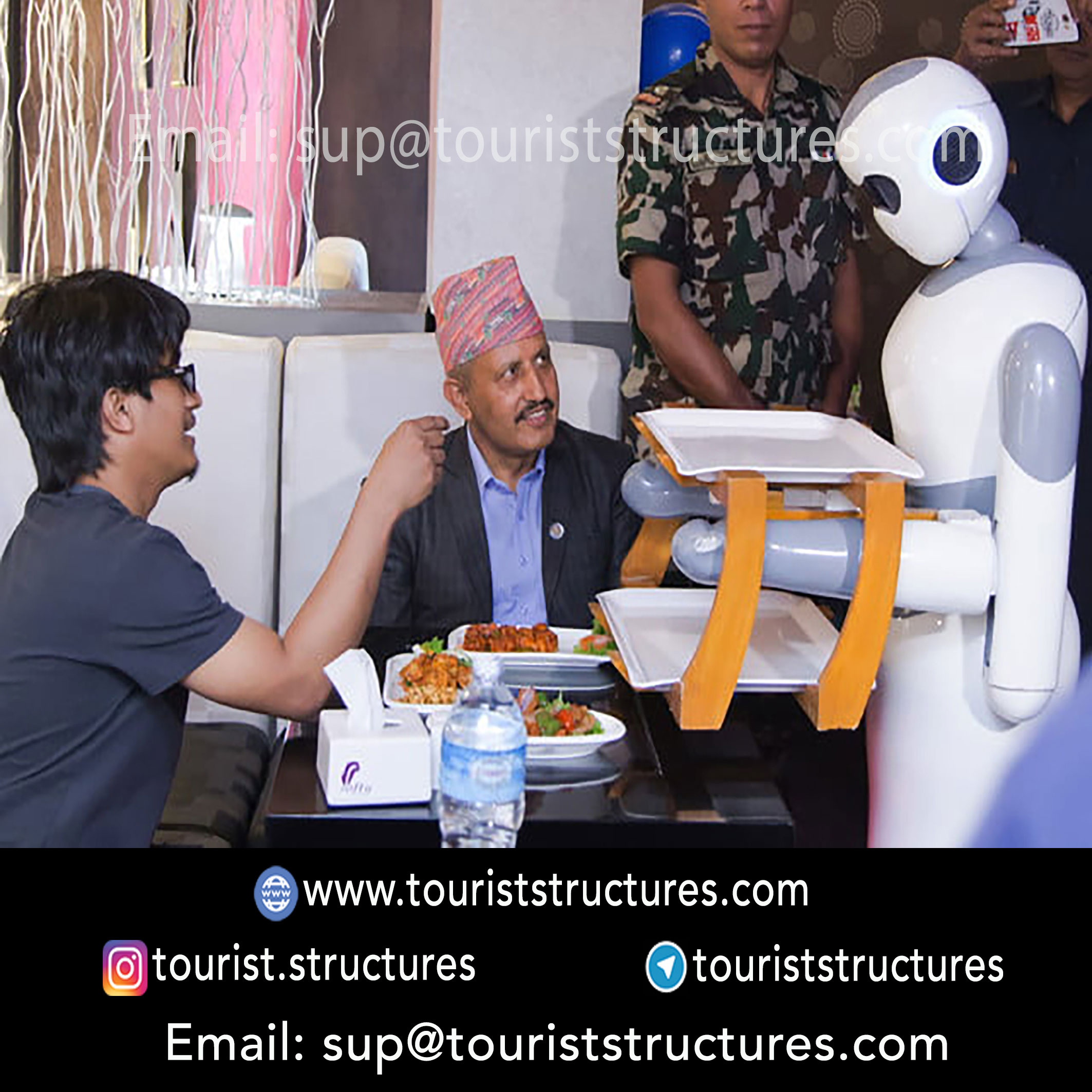
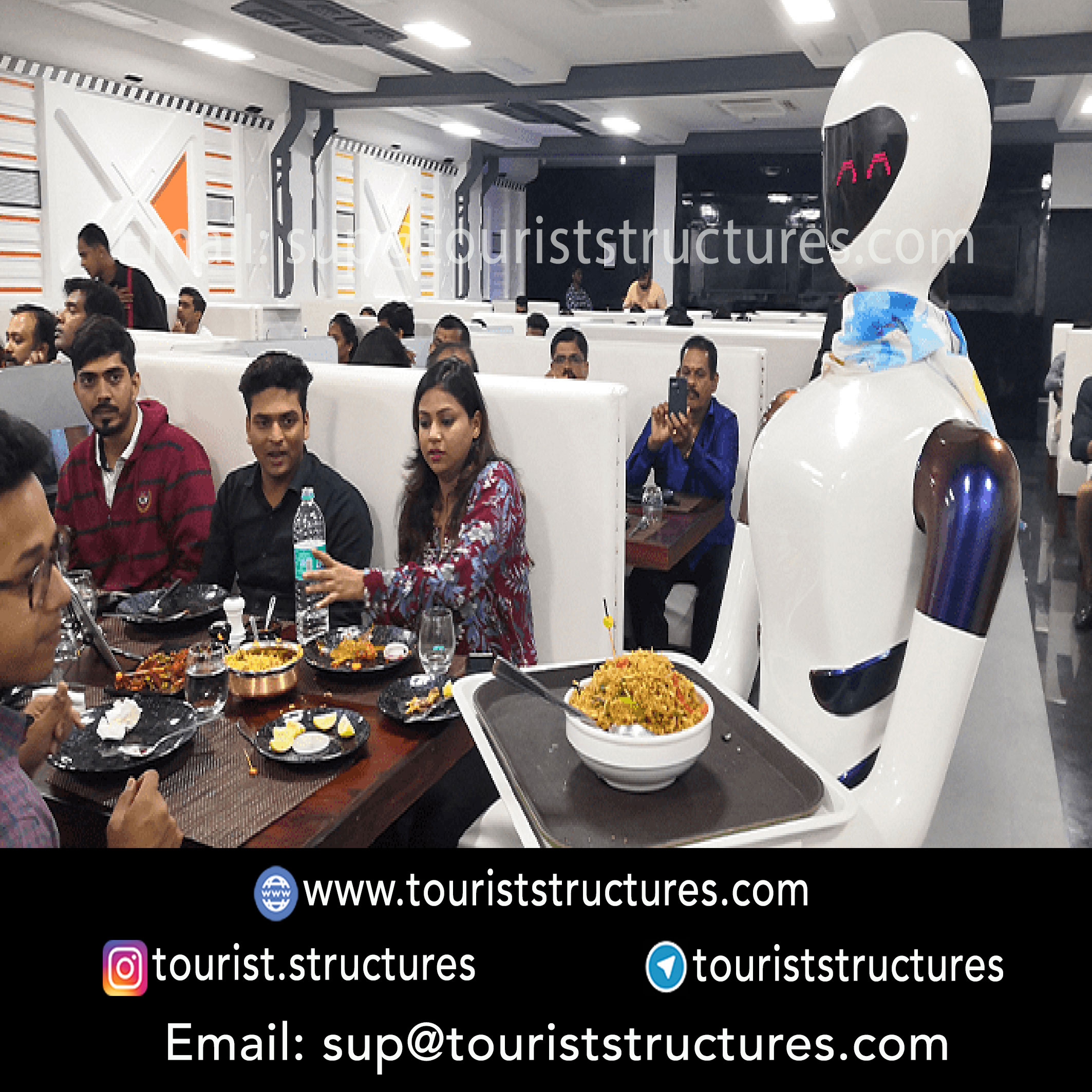



Robot service at the robotic restaurant
Imagine dining in a restaurant where, instead of human staff, robots greet you at the door, guide you to your table, and serve you throughout the meal! After you’ve finished, they bring you the bill and handle the payment—no human involvement required!


A Robotic welcome in the restaurant
The robotic restaurant is one of Pasargad Company’s most innovative and unique restaurant projects, and it’s a concept that hasn’t yet been implemented in Iran. Here, robots symbolically take on the roles of greeting guests, serving food and drinks, and providing the bill. These robots stand 2 meters tall and move along pre-set routes.
In this restaurant, humans work behind the scenes in the kitchen, while the robots manage the main dining area, interacting with customers.


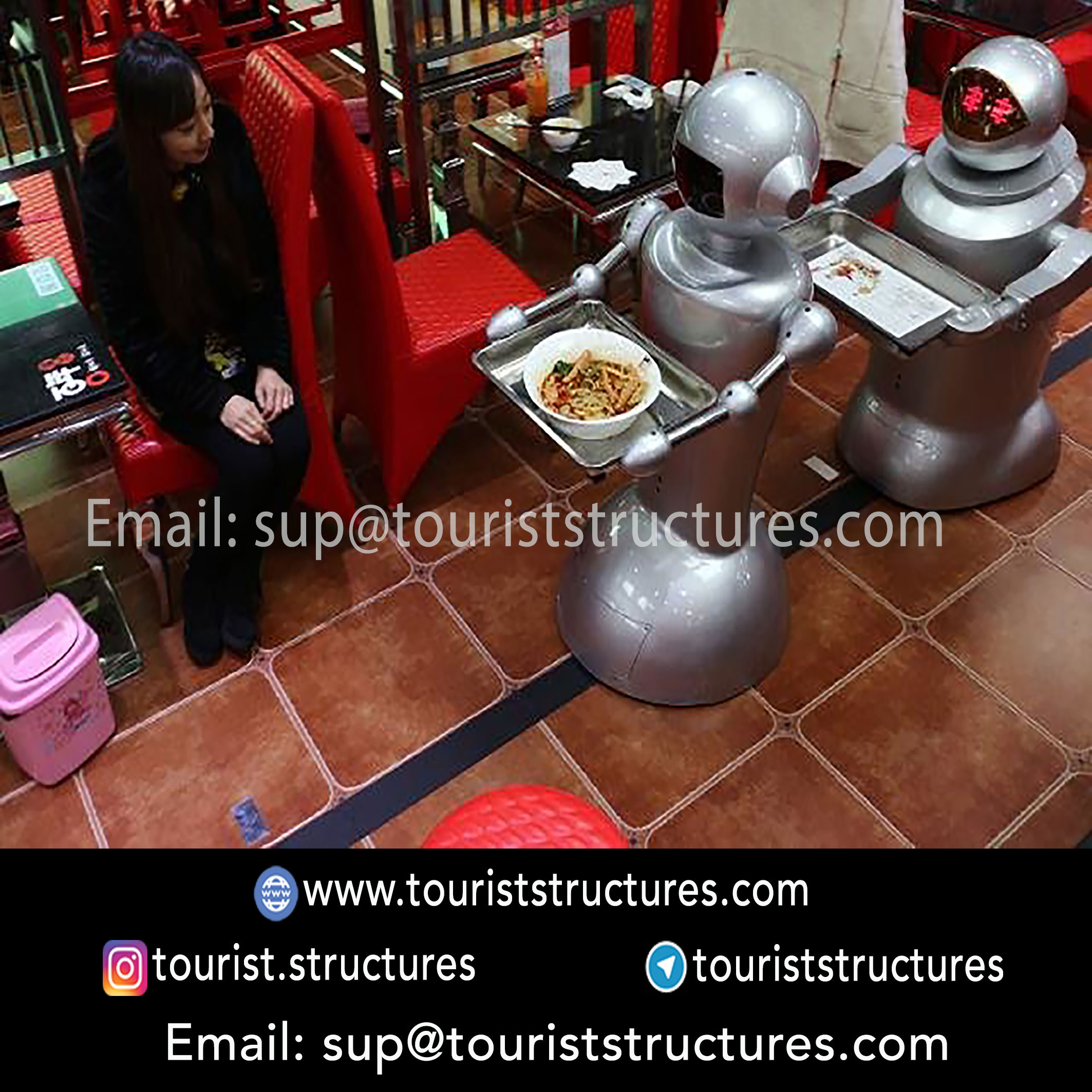
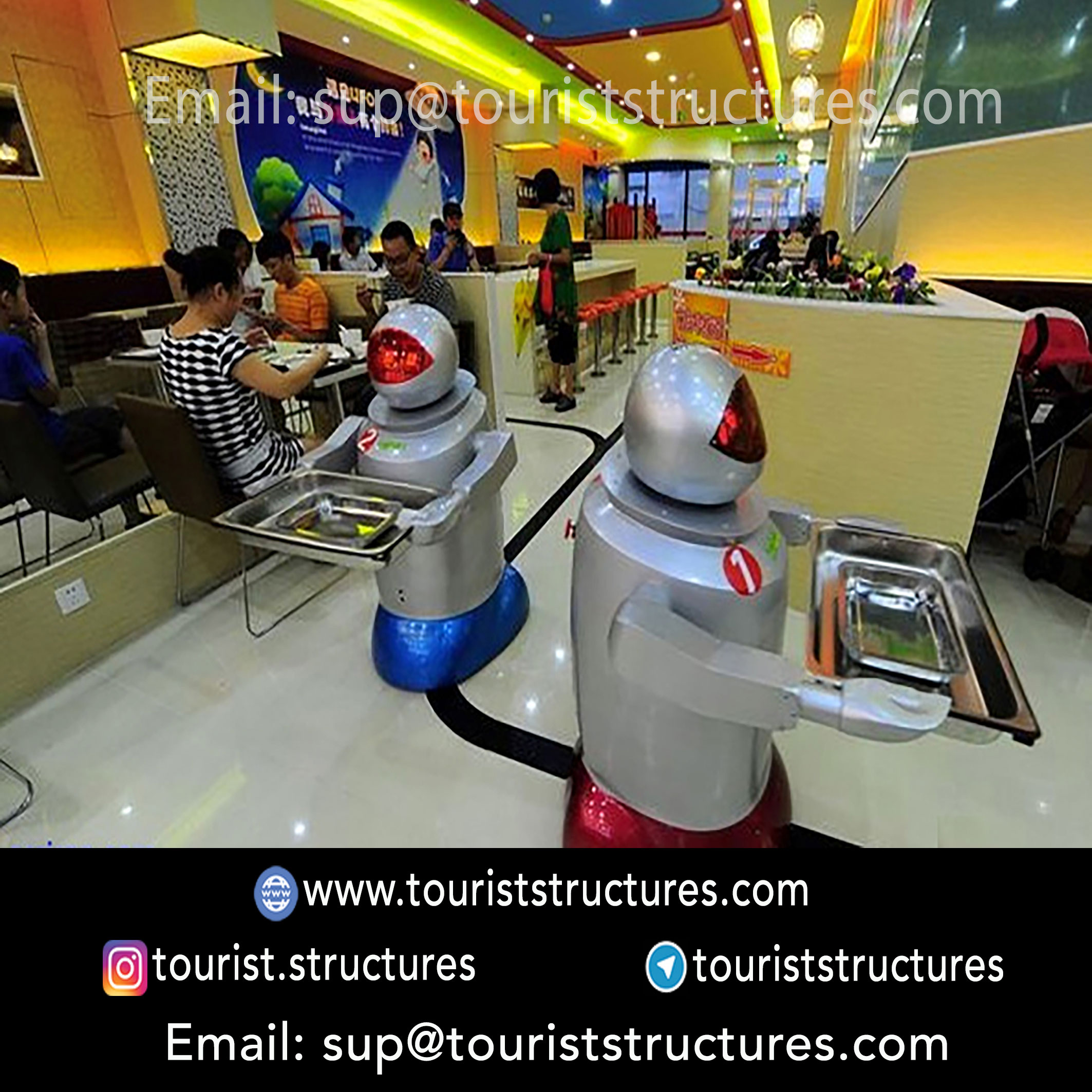



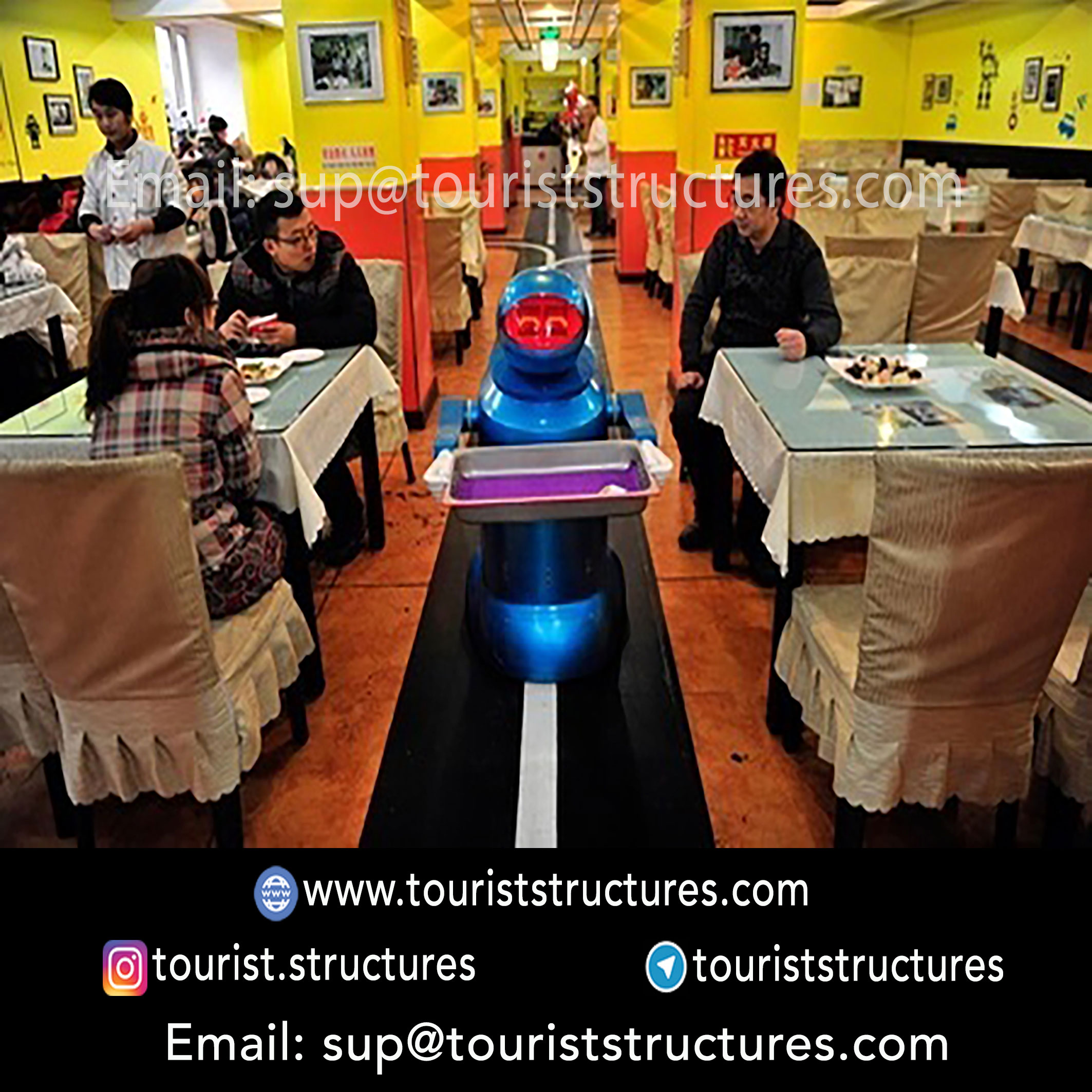
A robotic restaurant: where robots serve you instead of humans!
Some key advantages of using robots in restaurants include:
1. Streamlining the Cooking Process:
Robots can prepare dishes with precise ingredient measurements, significantly reducing the chance of errors. Once the necessary data is programmed into the system, robots can recreate dishes with perfect consistency every time. This means restaurants are no longer limited by the culinary skills of their chefs and can offer a diverse range of international cuisine. This allows restaurants to cater to a wider audience, increasing their revenue. Additionally, robots can work at a much faster pace than humans, improving productivity. This reduces wait times for customers, speeds up payments, and allows restaurants to serve more guests during busy hours.
2. Lowering Operational Costs:
One of the primary benefits of using robots in restaurants is the automation of repetitive tasks. Robots can take on multiple responsibilities, such as washing dishes, keeping the kitchen and dining areas clean, and serving food to customers. This greatly reduces operating costs, as a single robot can handle several tasks efficiently.
Another significant advantage is that robots can work much longer hours than human employees. As a result, restaurants don’t need to hire multiple staff members for different shifts. A single robot can carry out all the necessary tasks from the moment the restaurant opens until it closes. Robots are particularly useful for restaurants with extended operating hours.
Moreover, some employees are paid higher wages based on experience or shift timings, which can drive up labor costs. In contrast, robots maintain the same operational costs over time, helping restaurants save money. By moving toward automated robotic systems, restaurants can drastically reduce their expenses.
3. Enhancing the Dining Experience:
With robots, food is served quickly and consistently, leading to an overall better dining experience that encourages repeat visits.
Robots can also provide a visually engaging and entertaining experience for diners. Humanoid robots, for example, are especially fun for children, turning a meal into an event. These robots can serve as an attraction on their own, drawing new customers to the restaurant. A robotic restaurant simplifies not just the cooking and serving process but also payment handling, providing a seamless dining experience for customers, restaurant owners, and the industry as a whole.
Challenges:
Naturally, nothing is without its downsides. Alongside its many benefits, a robotic restaurant has some minor challenges that can be overcome, such as.
Job Security Concerns:
One of the major concerns about robots is their potential impact on employment. Restaurants need to strike a balance between improving efficiency through automation and maintaining human jobs. A semi-automated restaurant, where robots handle routine tasks, could be the perfect solution for both businesses and customers.
When it comes to Robotic Restaurants in Iran and around the world, there are four styles of implementation:
Style 1: Real (Humanoid) Robots!
The first style, like the one developed by Pasargad Company, features fully functional, intelligent robots responsible for delivering services. This style is regarded as the most exciting robotic restaurant in the world.
Pasargad’s robots are made with top-quality parts from leading brands and are equipped with additional batteries for extended charge capacity, ensuring greater efficiency.

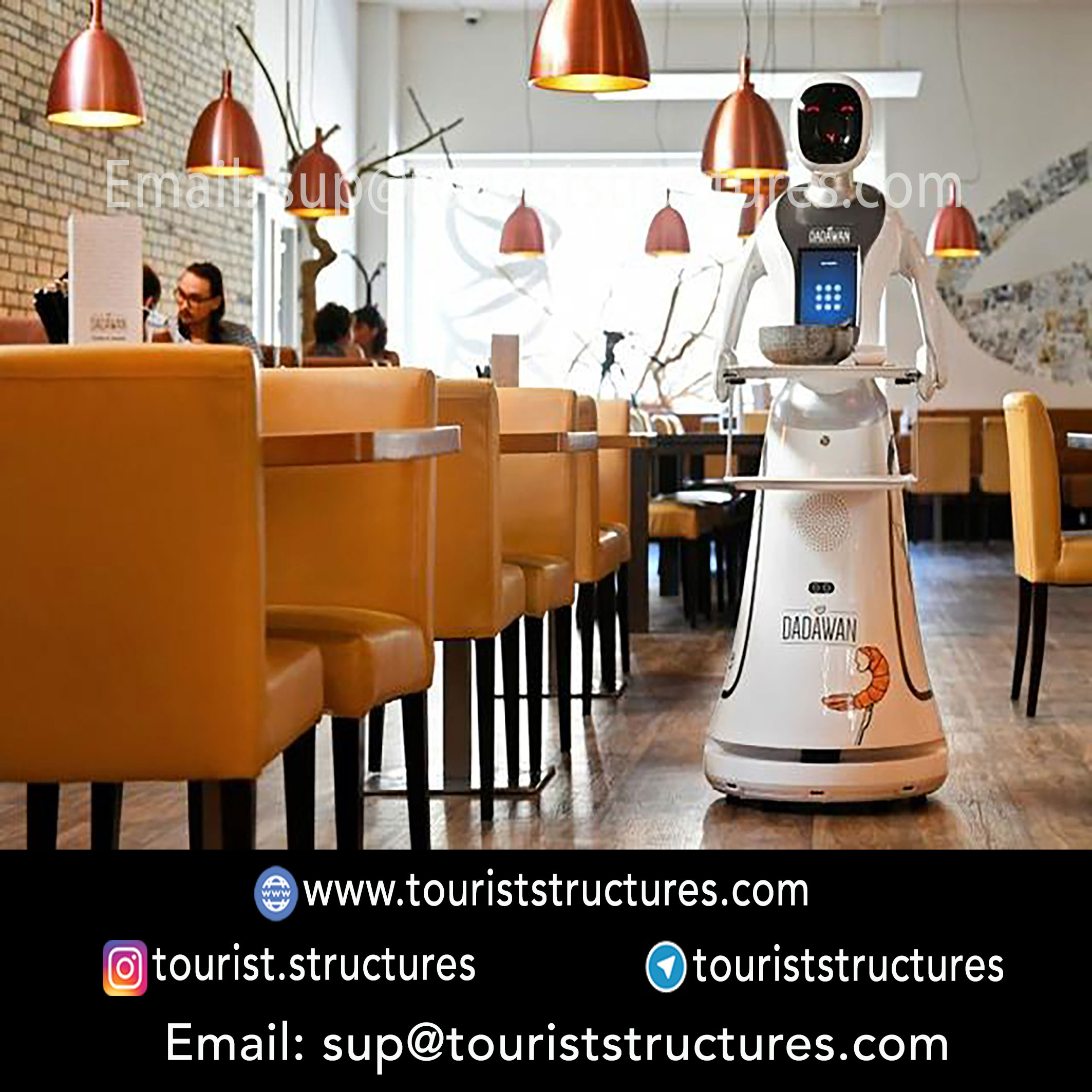
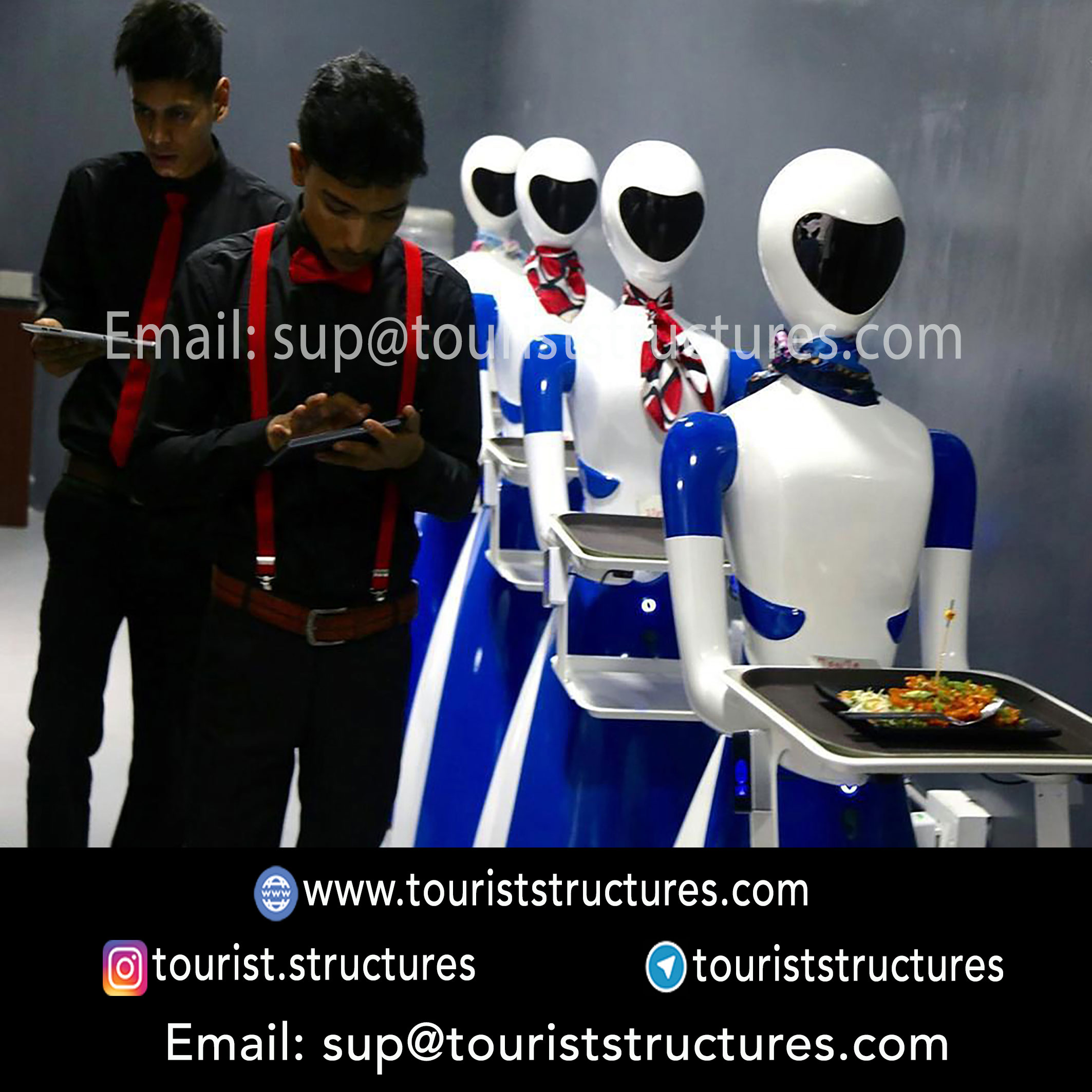

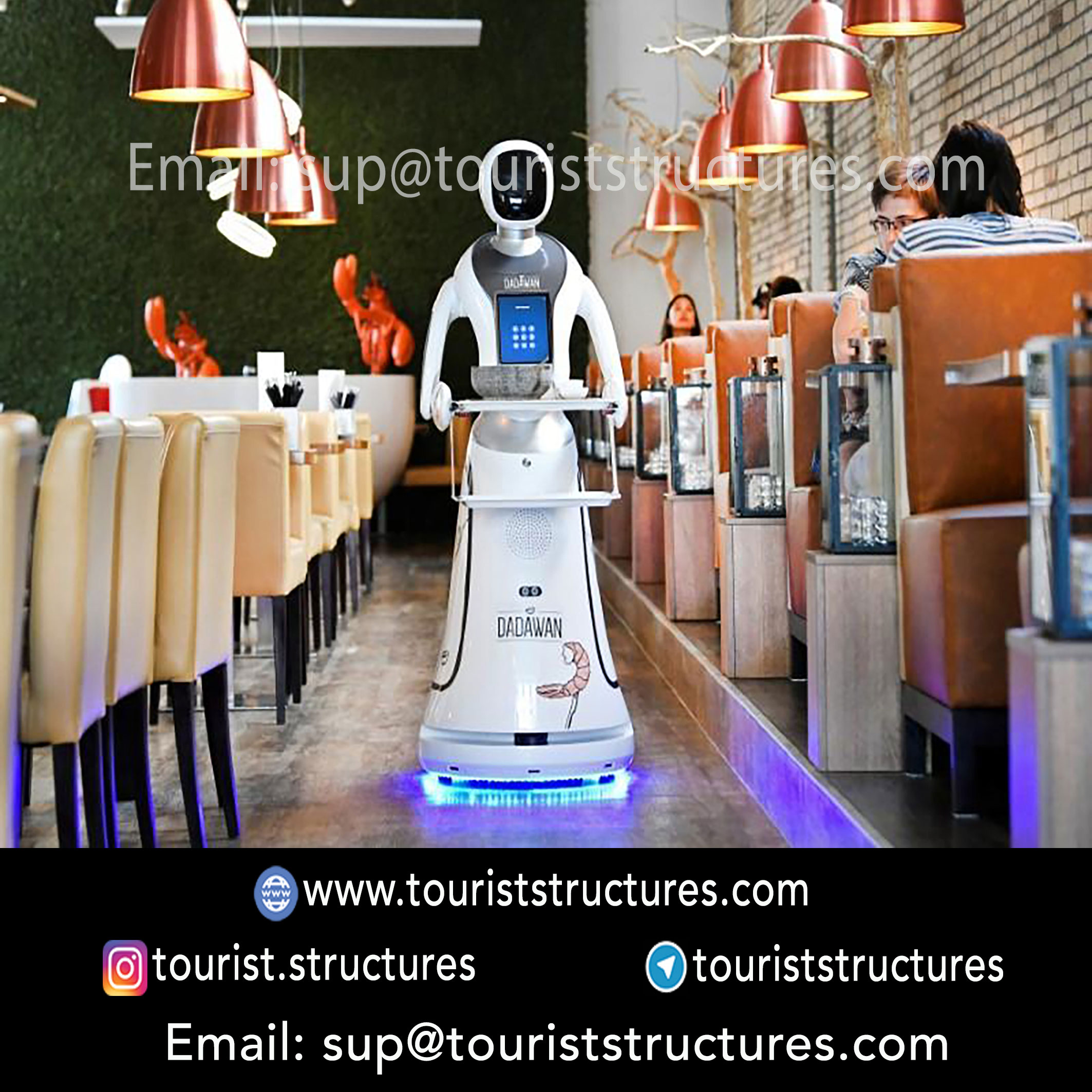

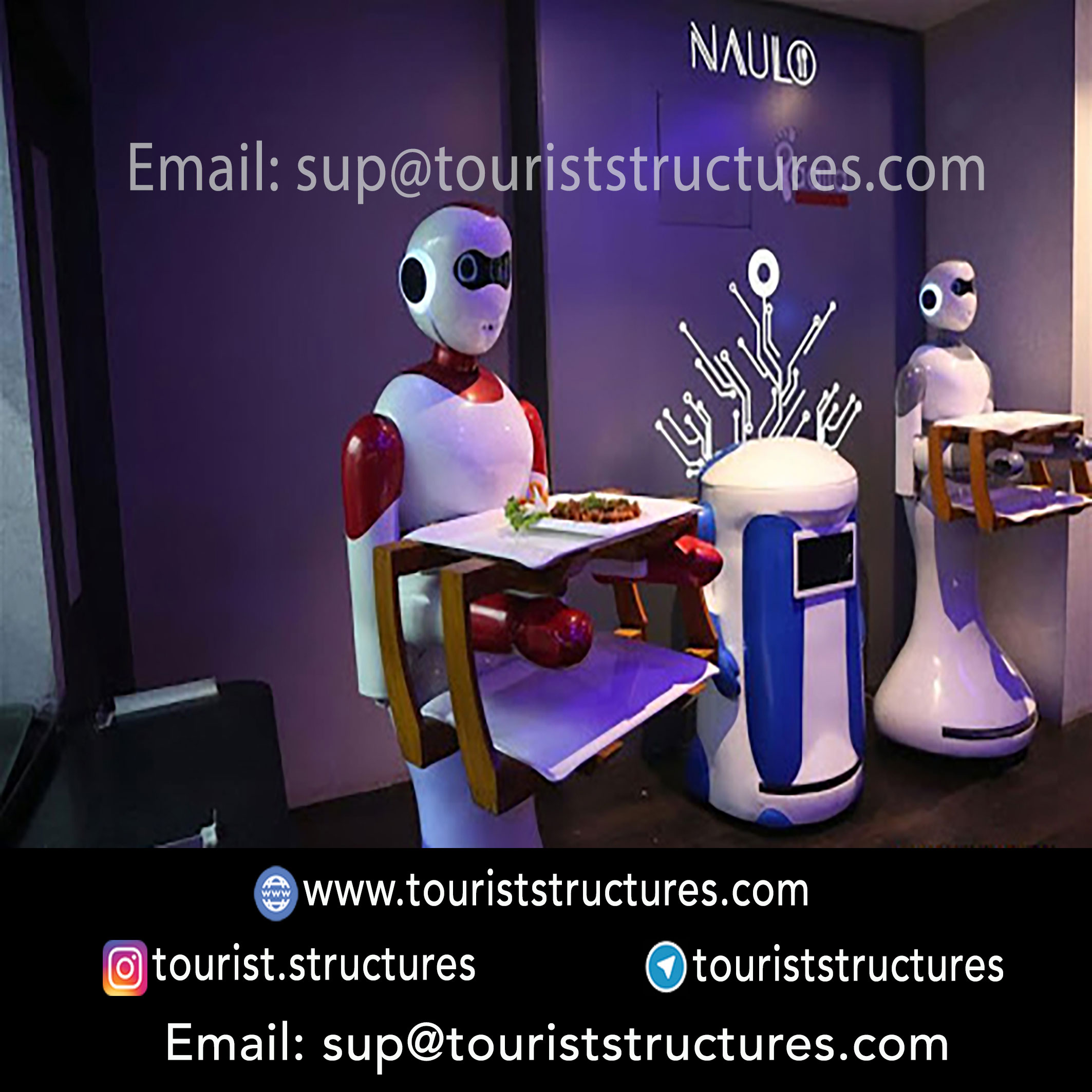
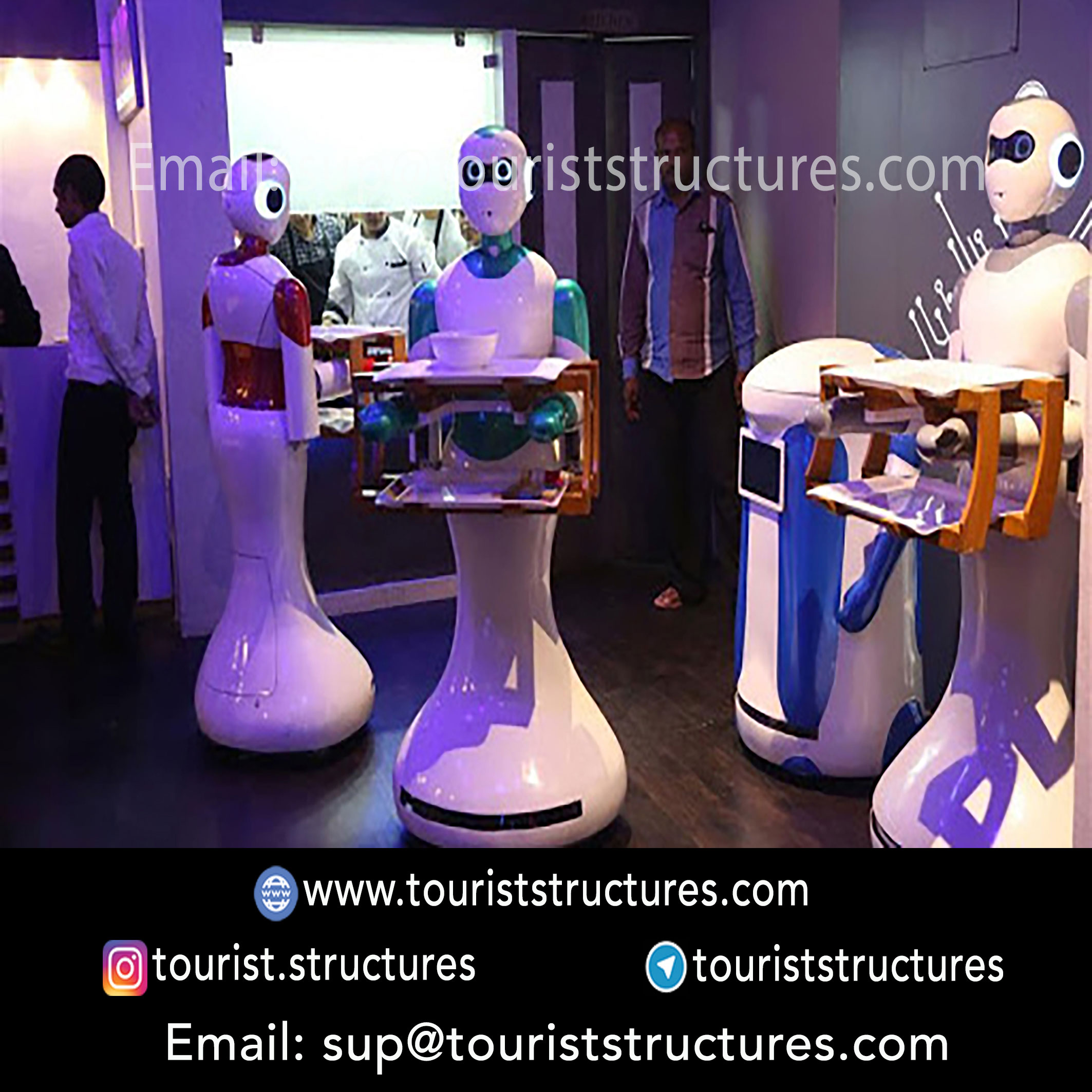

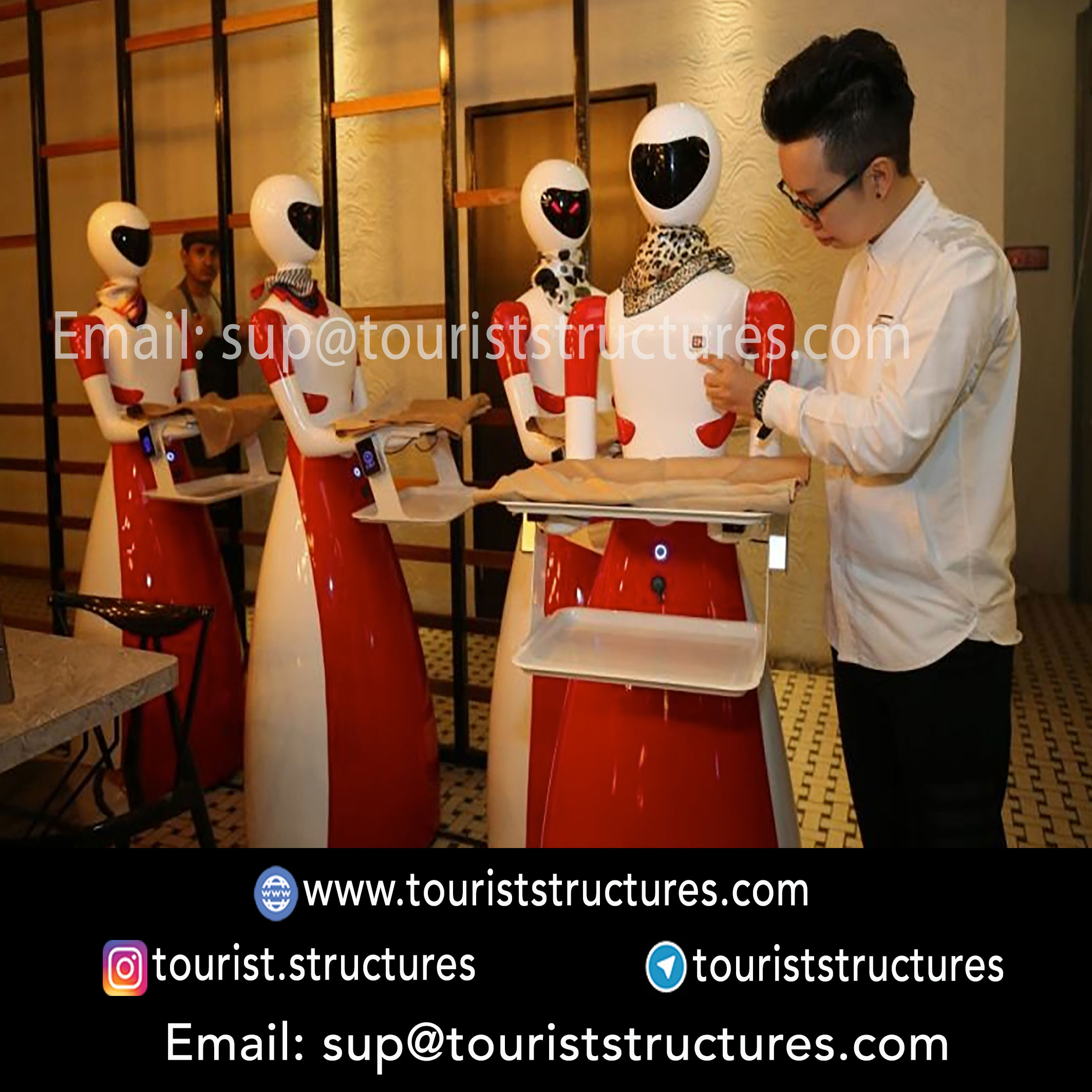
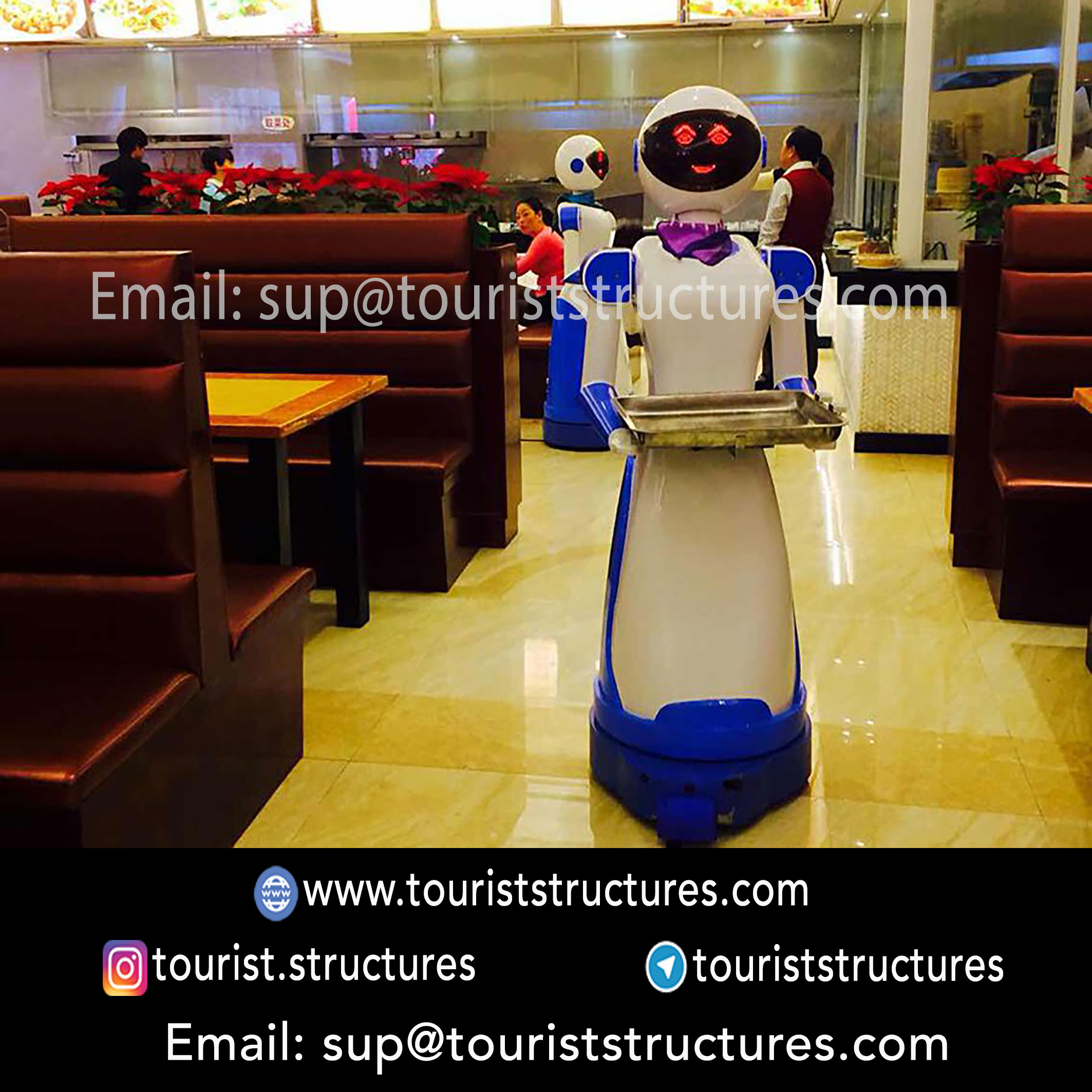



Robotic restaurant with real robots
Here’s an overview of how these restaurants operate:
Food is prepared by humans in the kitchen and then placed on a tray held by the robot.
An operator in the control room directs the robots. Using cameras, the operator identifies the table number of newly arrived guests and guides the robot waiter to the correct table to take the order. These robots, which have pre-programmed phrases in their memory, greet the guests and present the menu.
One unique feature is that the robot’s accent and tone of voice can be customized based on the customer’s preferences—a capability pioneered by Pasargad.
Additionally, these robots can say phrases live and improvisationally, although with the help of an operator.
They also have the ability to transmit the customer’s voice directly to the kitchen for quick order processing, enabling faster service.
After the food is prepared, the robot returns to the designated table and serves the meal on a tray. The food can then be placed on the table by the customer or a human server present in the dining area.

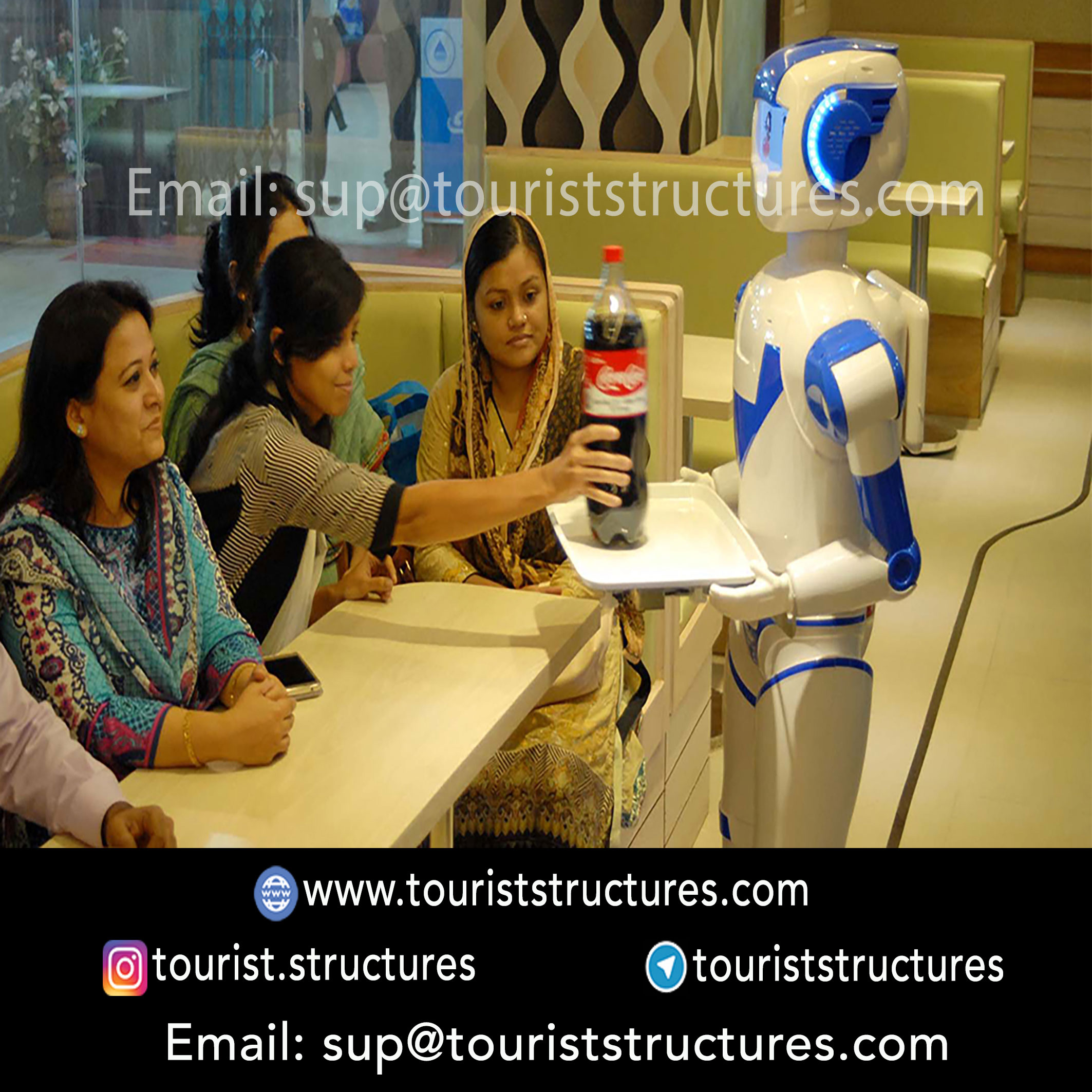
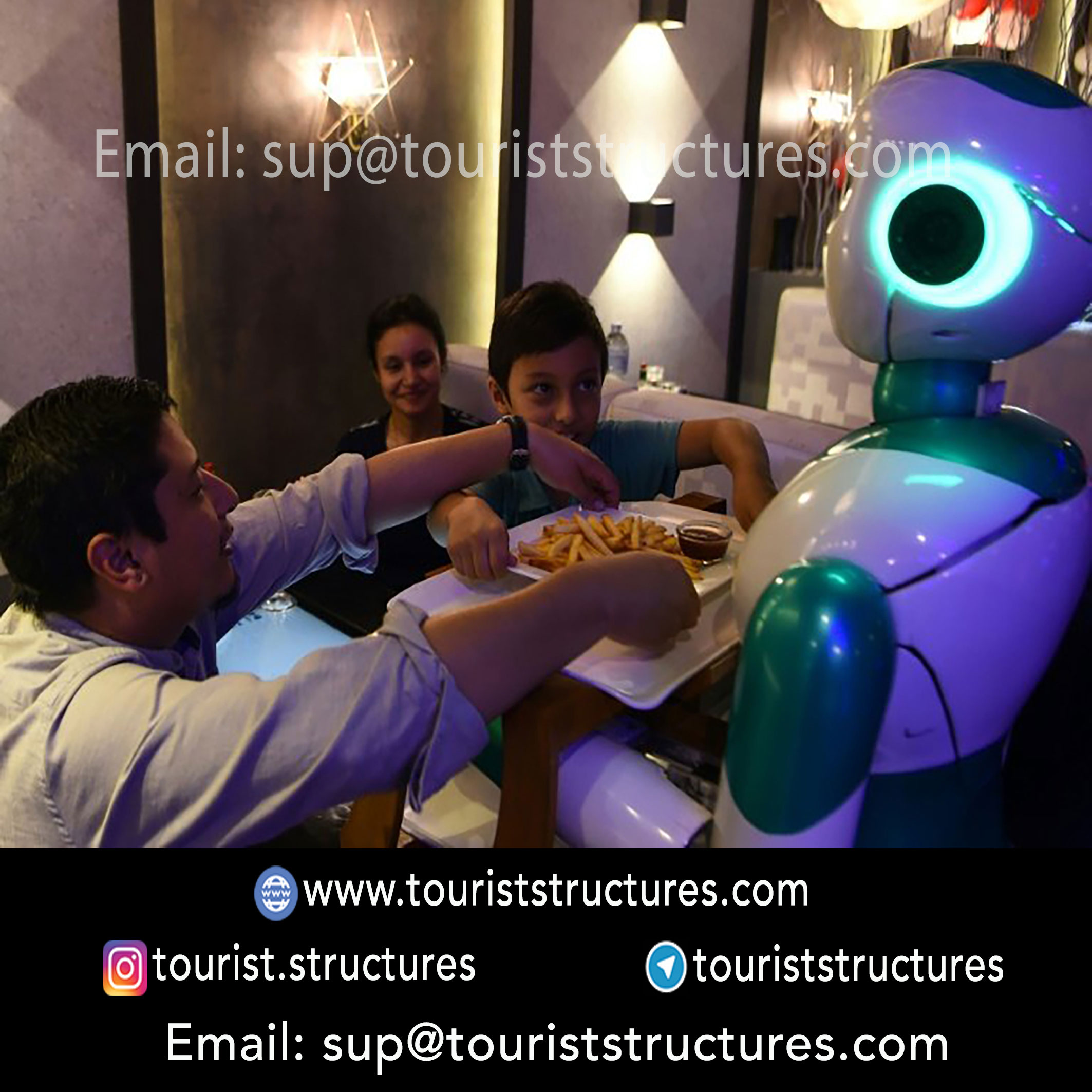
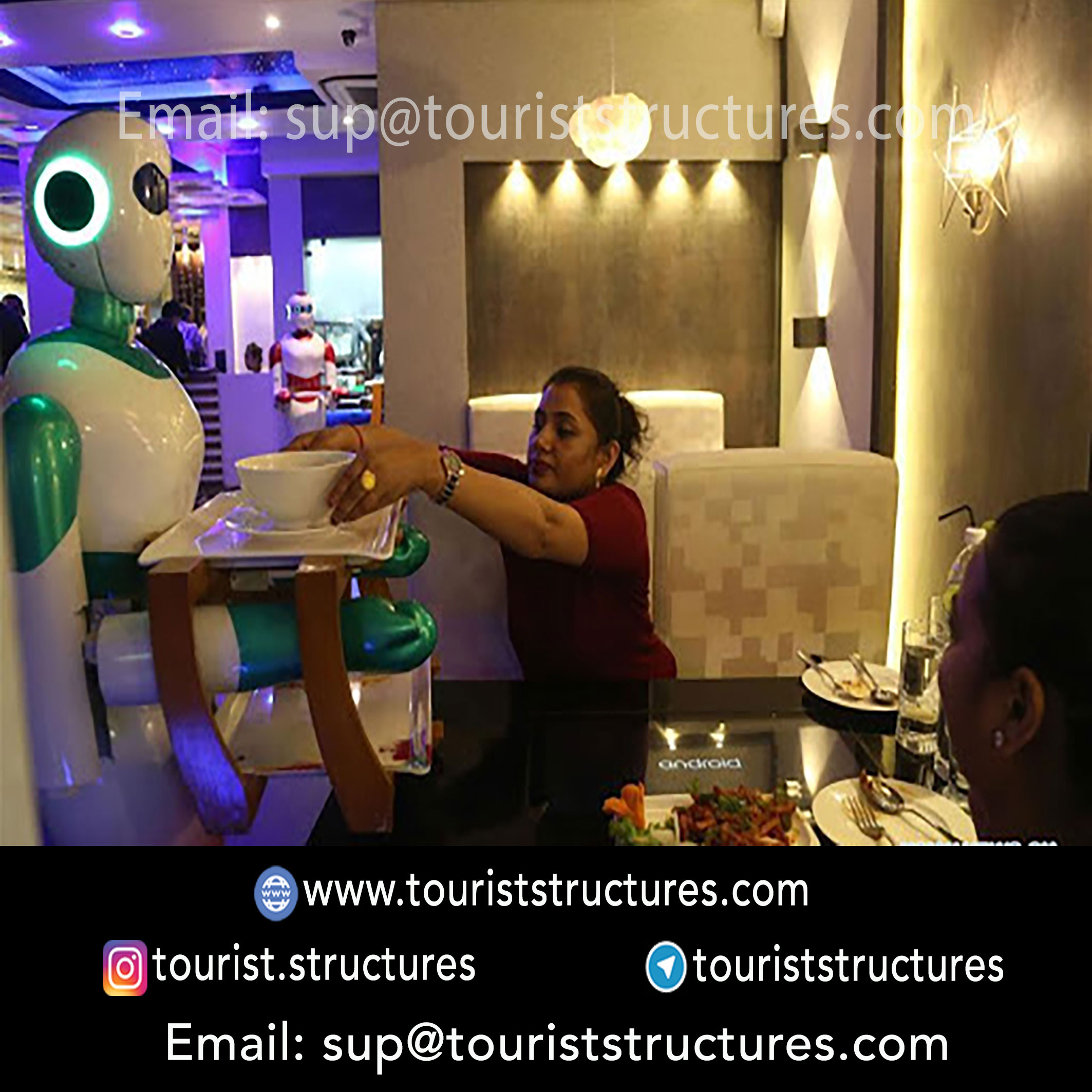
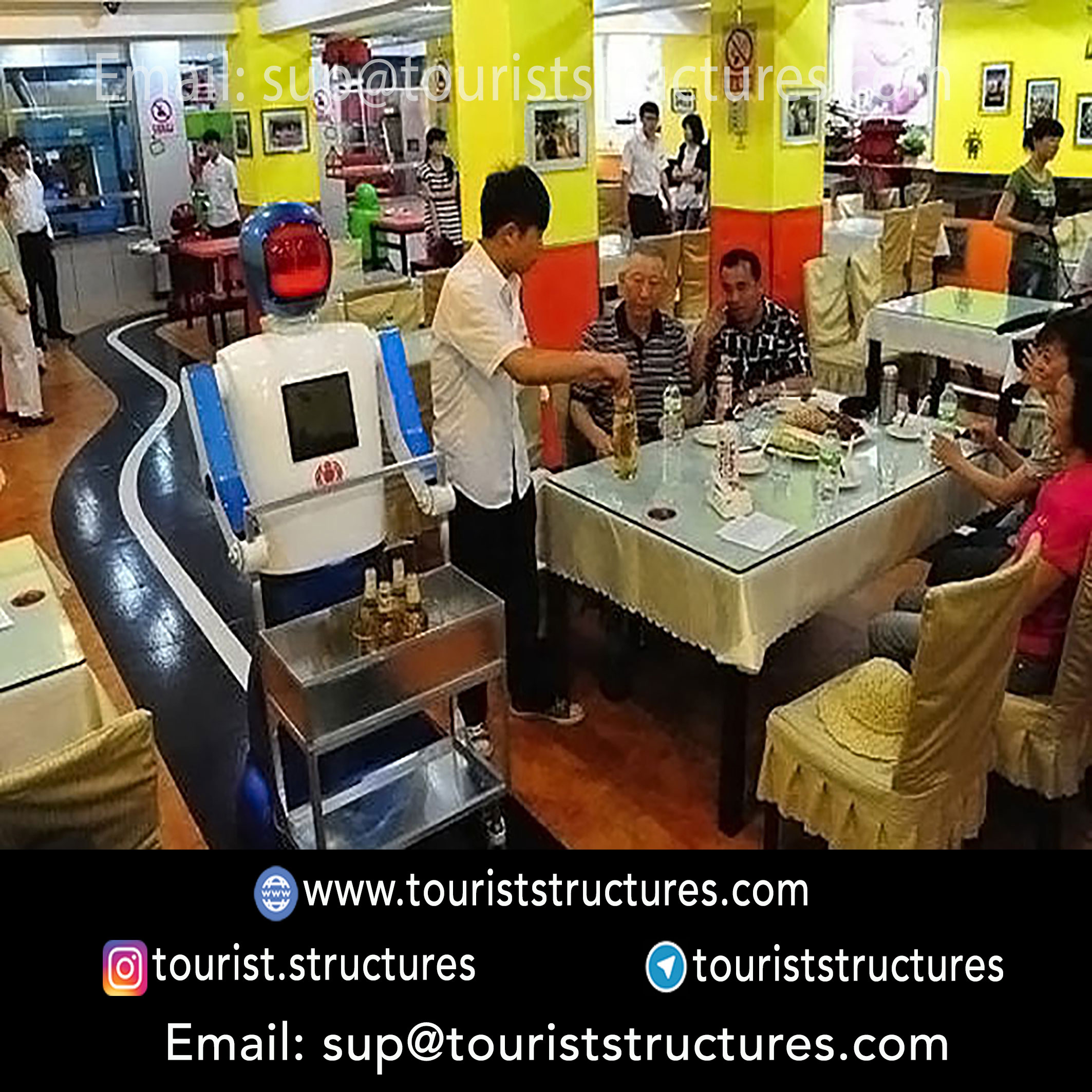


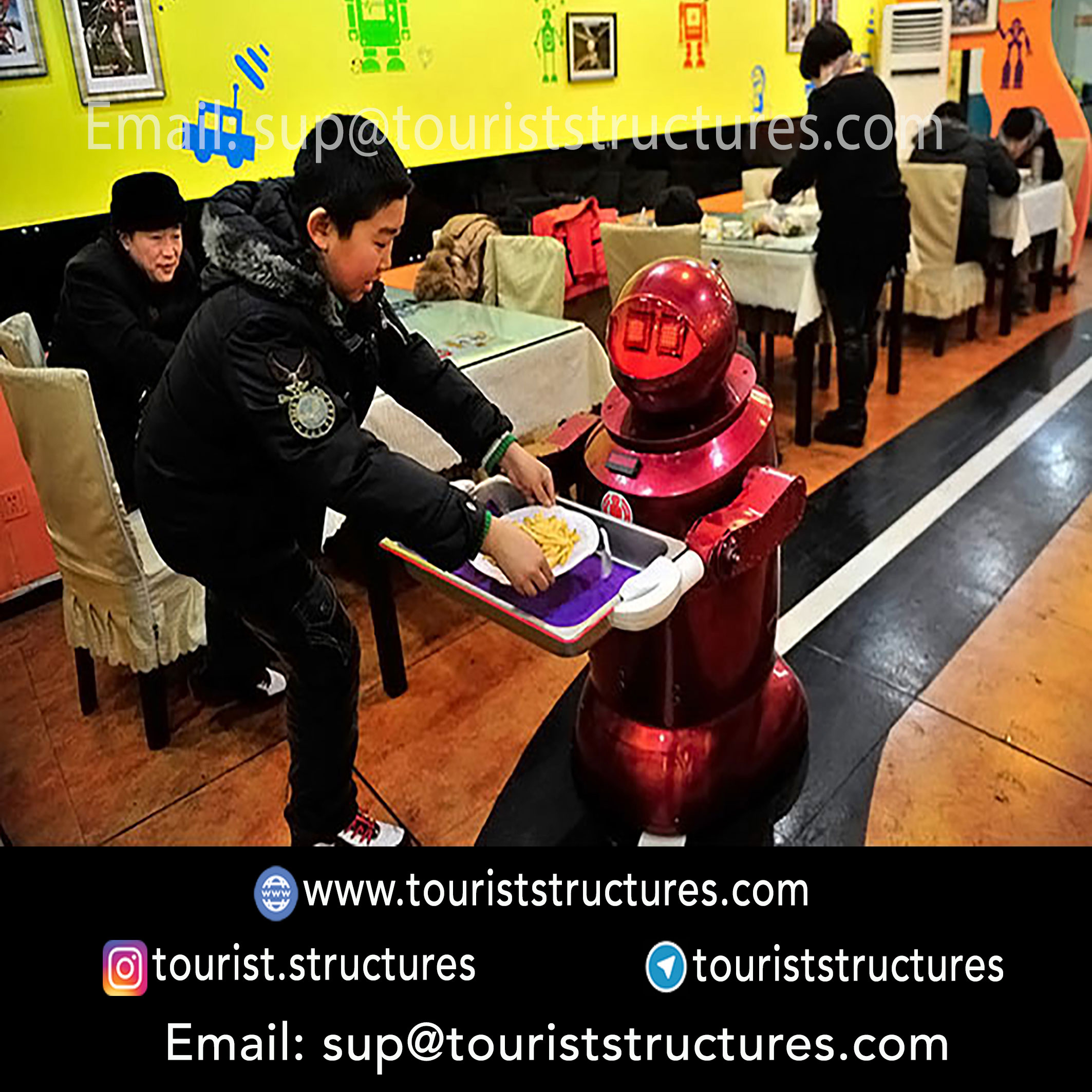

Robotic Service in Robotic Restaurants
Style 2: Real, but Simplified Robots!
In the second style, the robots function similarly to the first style but with a simpler, non-humanoid design.
While creating the robot’s body requires specific skills, which Pasargad’s expert engineers have mastered, for simplicity’s sake, the robots in this style have forms that are more basic. However, their service capabilities, controls, and features are identical to those in the first style.

Image of a robot from the second style, featuring a simple appearance.
Style 3: Conveyor Belt Robots!
This style of robotic restaurant uses a much simpler system and is, therefore, less captivating.
In this version, the tables are equipped with touchscreens, allowing you to place and customize your order (e.g., adding or removing ingredients). The ability to adjust your meal’s composition makes the experience more pleasant and personal.
The tables use a user-friendly Android or iOS-like interface, which immediately connects with the customer.
To enhance comfort, part of the touchscreen remains inactive to ensure easy seating, and playful actions like leaning or children’s antics do not interfere with the system. The display is also highly durable, resistant to sudden impacts or extreme temperatures.
In essence, these tables are like tablets where you can view the menu and choose your meal’s ingredients.
By eliminating the need to queue at the cashier, the restaurant creates a calm environment for selecting food. Custom meal creation and reduced operating costs by minimizing human staff are additional benefits. These touchscreen tables can be produced in various sizes and shapes, from two-person to twelve-person tables.
Once the meal is ready, it is delivered to your table via a conveyor belt. The smart tables are positioned alongside the conveyor belt, separated by glass dividers. However, some tables are placed around the restaurant, further from the belt. Once the food reaches the table, the glass partition lowers, allowing the customer to take their meal directly—no waitstaff required.
This style of restaurant has only been implemented in Tehran. Although less appealing than the previous two styles, it has still gained popularity due to its novel approach to dining service.

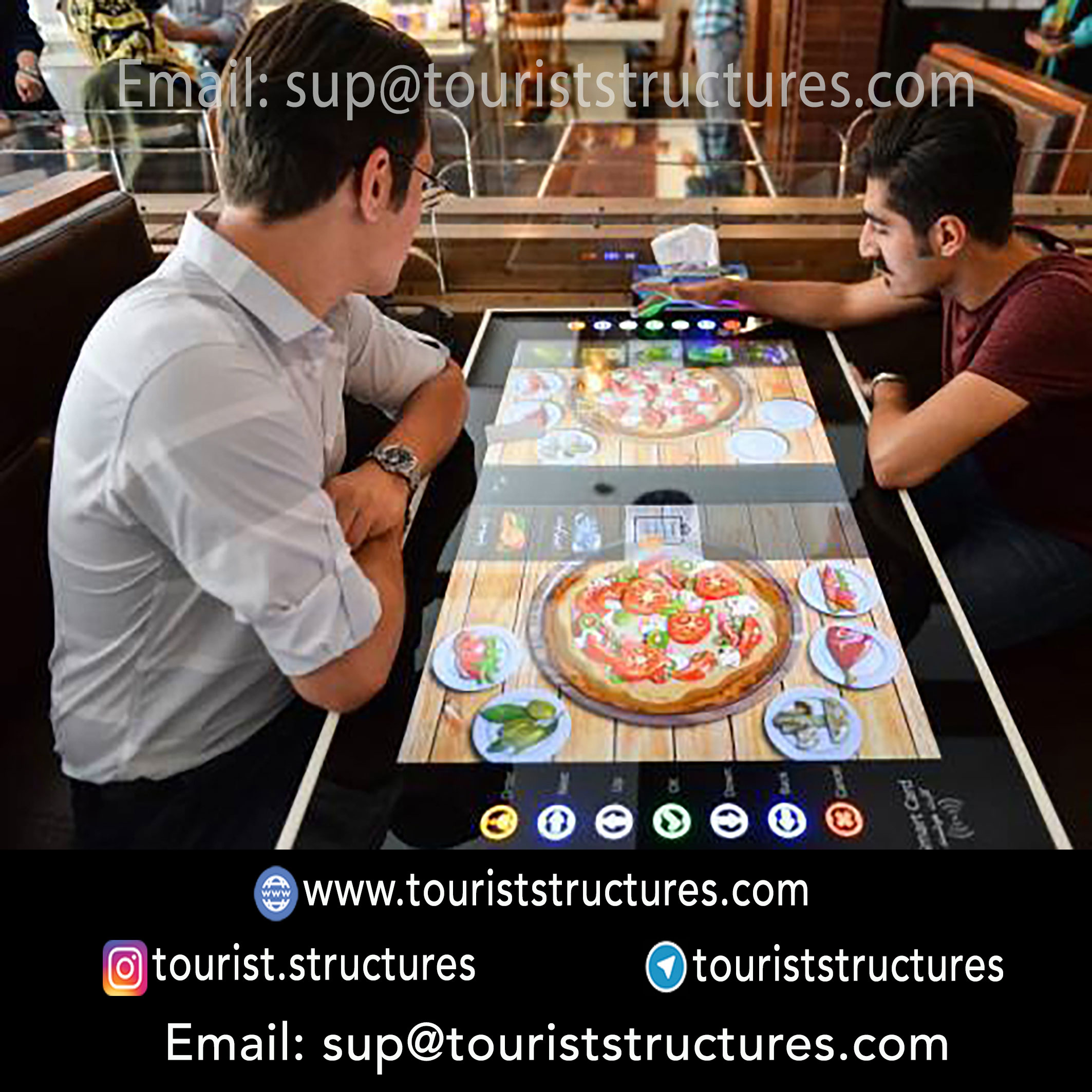
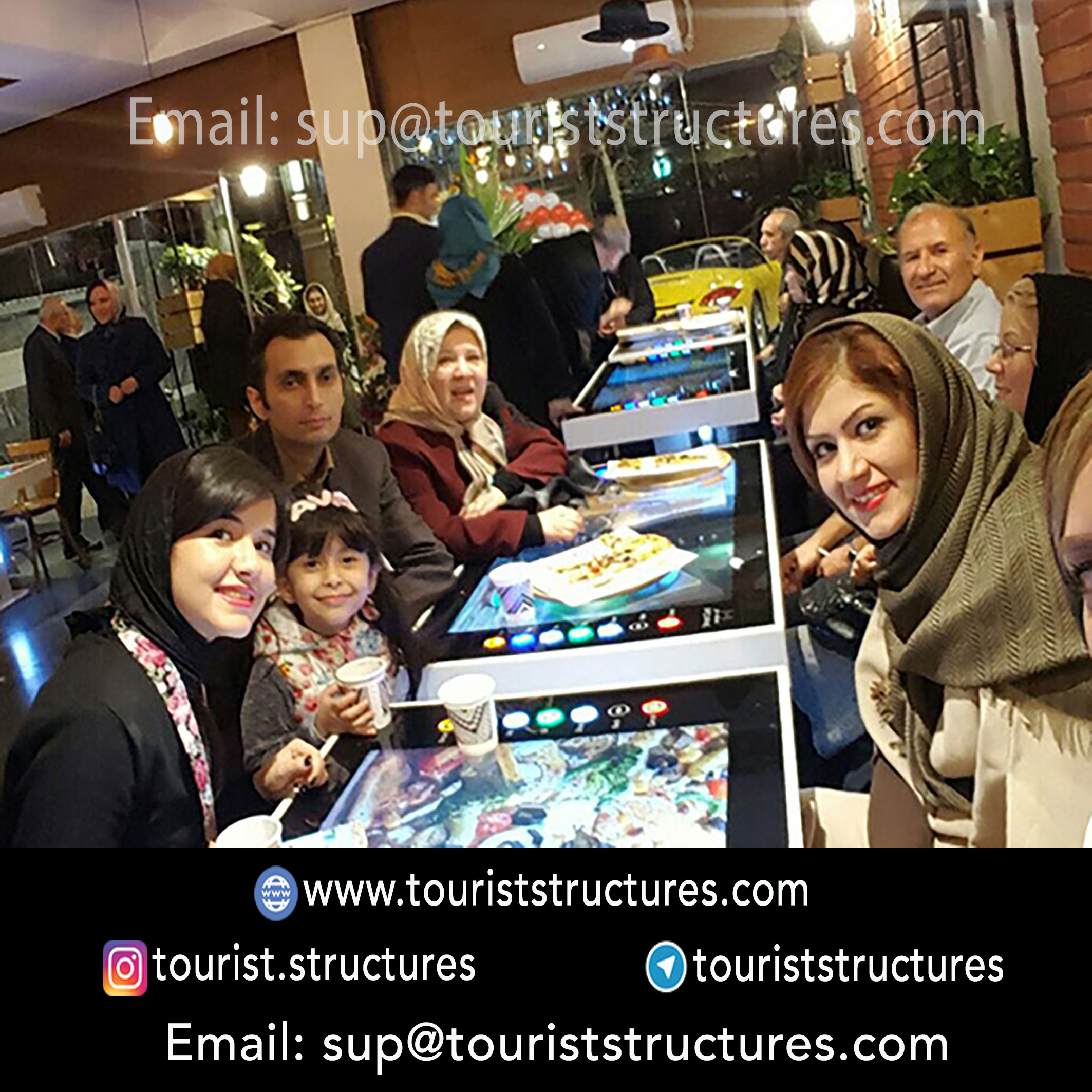

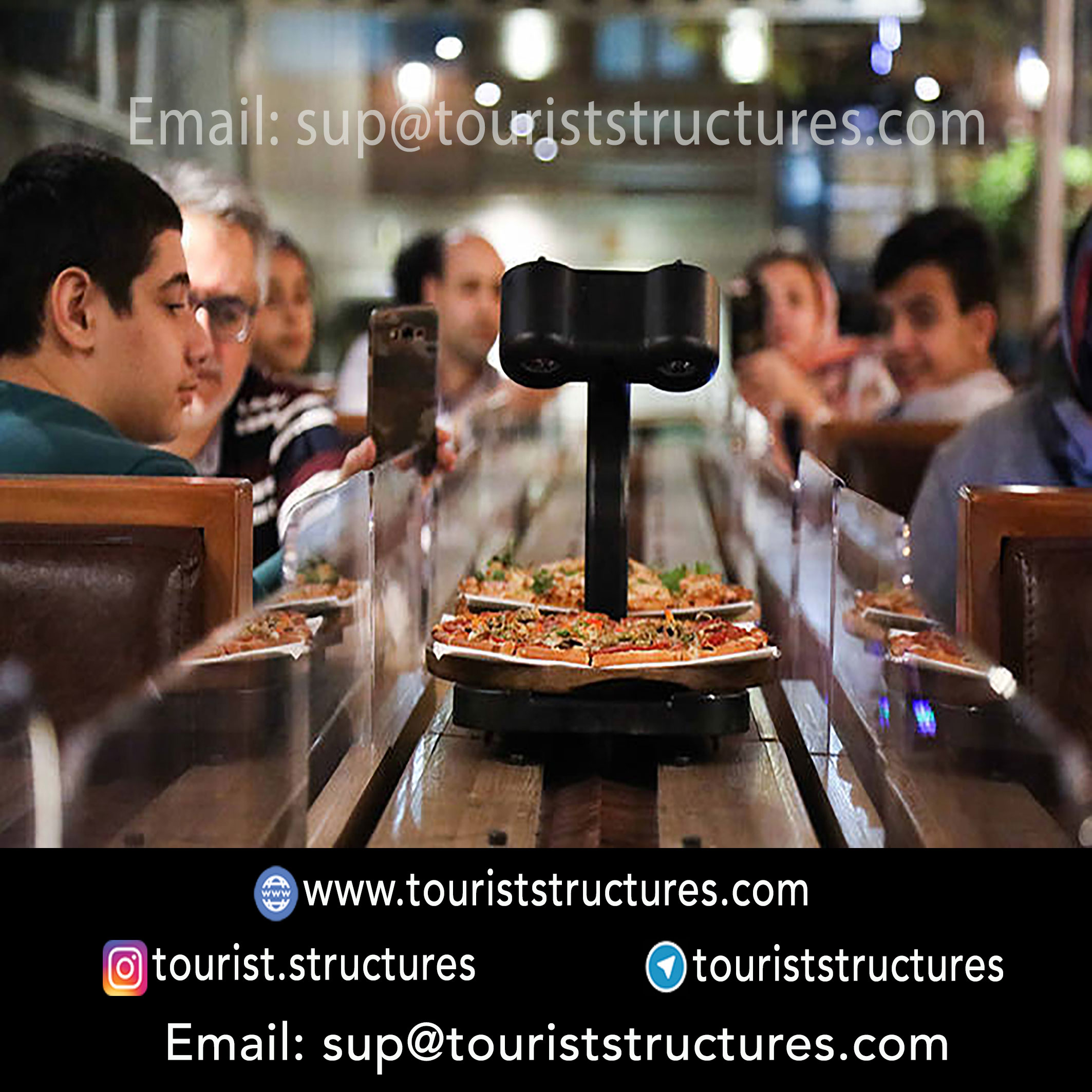
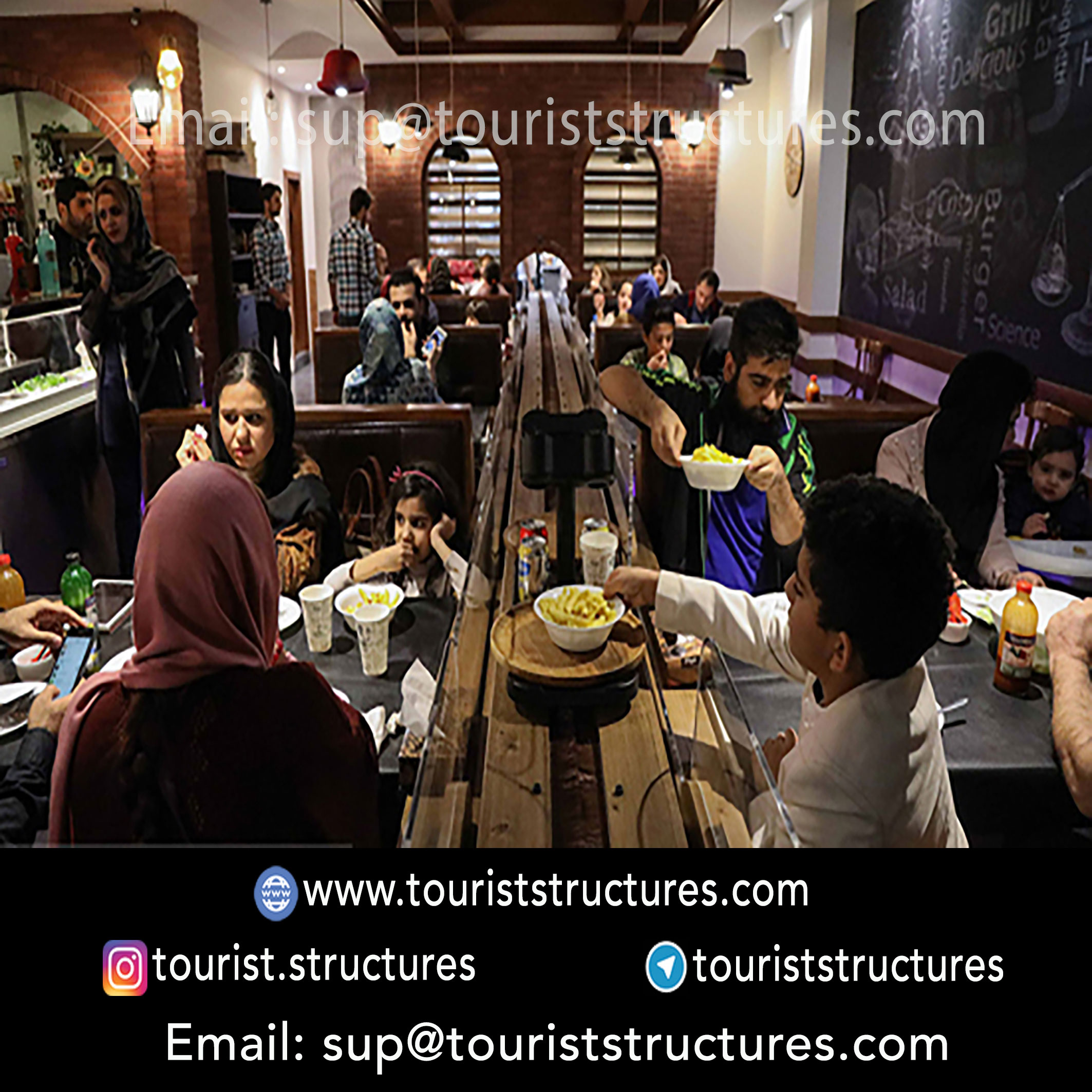
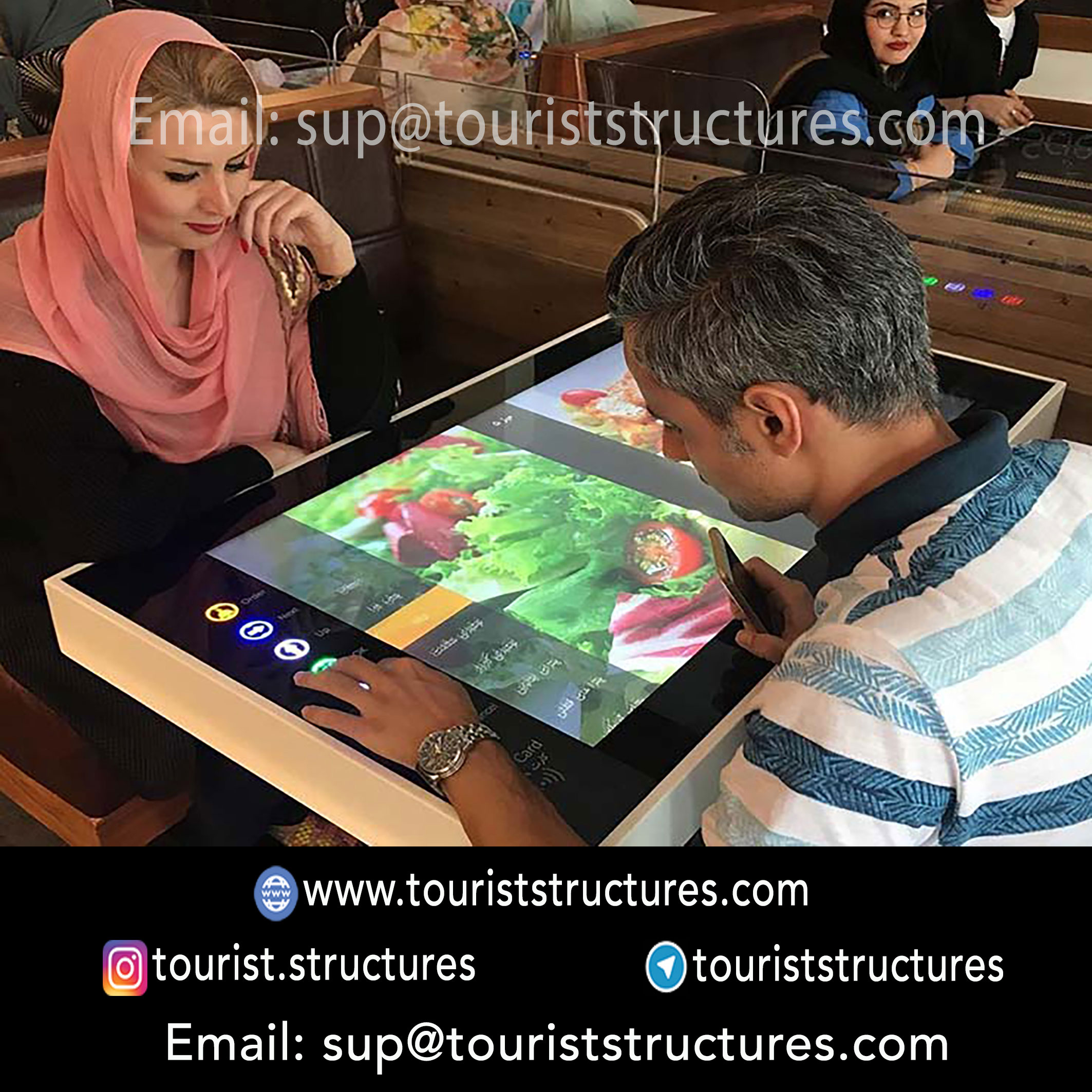


Images showing the conveyor belt-style robotic restaurants
Style 4: Chef Robots!
The fourth style is a more advanced and complex system compared to the other three.
In the first three styles, humans prepared the food while robots handled the service. However, in this style, it’s the other way around: robots cook in the kitchen, and humans take care of serving.
Although this style may not focus as much on showcasing robots as a visual attraction, the idea of “meals prepared by chef robots” can still be a significant draw for customers.




Images of chef robots in robotic restaurants
The Most Popular Robotic Restaurant with Real Robots!
Robotic restaurants are exciting and popular in all styles, but because robots were a beloved childhood toy for many of us, this style has captured people’s imaginations even more. Children are particularly thrilled to visit robotic restaurants, becoming loyal fans who are amazed by the robots. It’s worth noting that adults also enjoy reminiscing about their childhood and taking photos with the robots. This creates an enjoyable experience for people of all ages, making them eager to visit this fun and exciting restaurant.
Pasargad Company, with its extensive experience and expertise in designing and implementing unique restaurants in both Iran and abroad, has successfully developed and launched this style of restaurant within the country.
By investing in and executing this unique project, you’re sure to attract a large number of customers.









The most popular restaurant style: Robotic restaurants with real robots
Pasargad Company, as the leading engineering firm, is a pioneer in the creation and execution of robotic restaurants and is fully capable of establishing them across Iran, paving the way for a new kind of entertainment and leisure experience.






Children are fans of robotic restaurants!
The concept of a robotic restaurant, which combines a stylish and unique dining experience with distinctive services, has the potential to create numerous revenue streams for its owners. This can make it one of the most profitable restaurant models, both in Iran and internationally. A unique atmosphere with intelligent robots!
Imagine hosting the most memorable birthday celebration for your spouse at a restaurant. What could be more exciting than a robot delivering the birthday cake and congratulating your spouse on your behalf?

A birthday surprise by a robot
Pasargad Company stands at the forefront of the industry, specializing in the design, structural calculations, construction, and implementation of robotic restaurants. Our approach hinges on engineering expertise and adherence to global standards.
Selecting any of the green options will navigate you to the corresponding sub-pages of the website.
